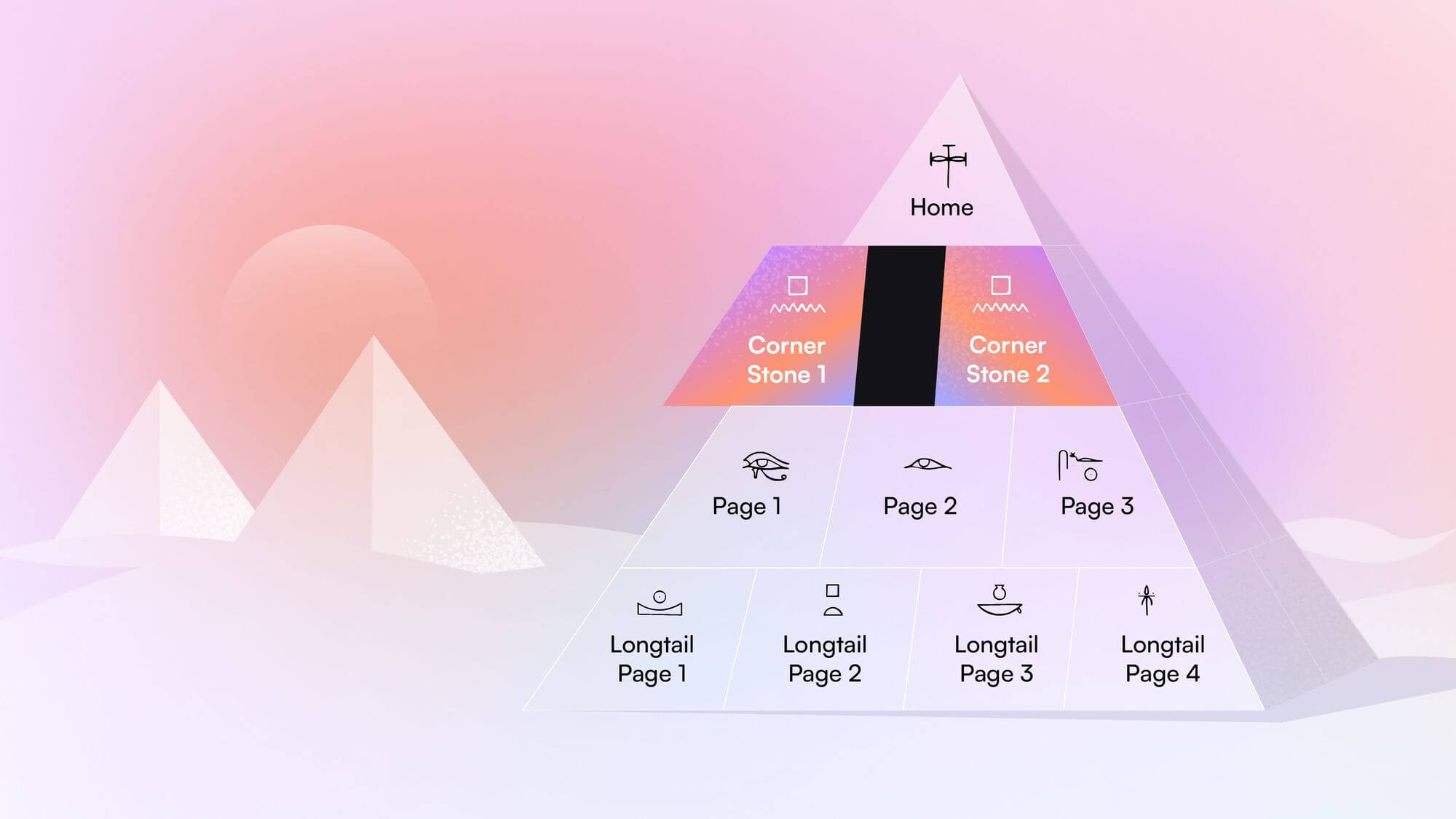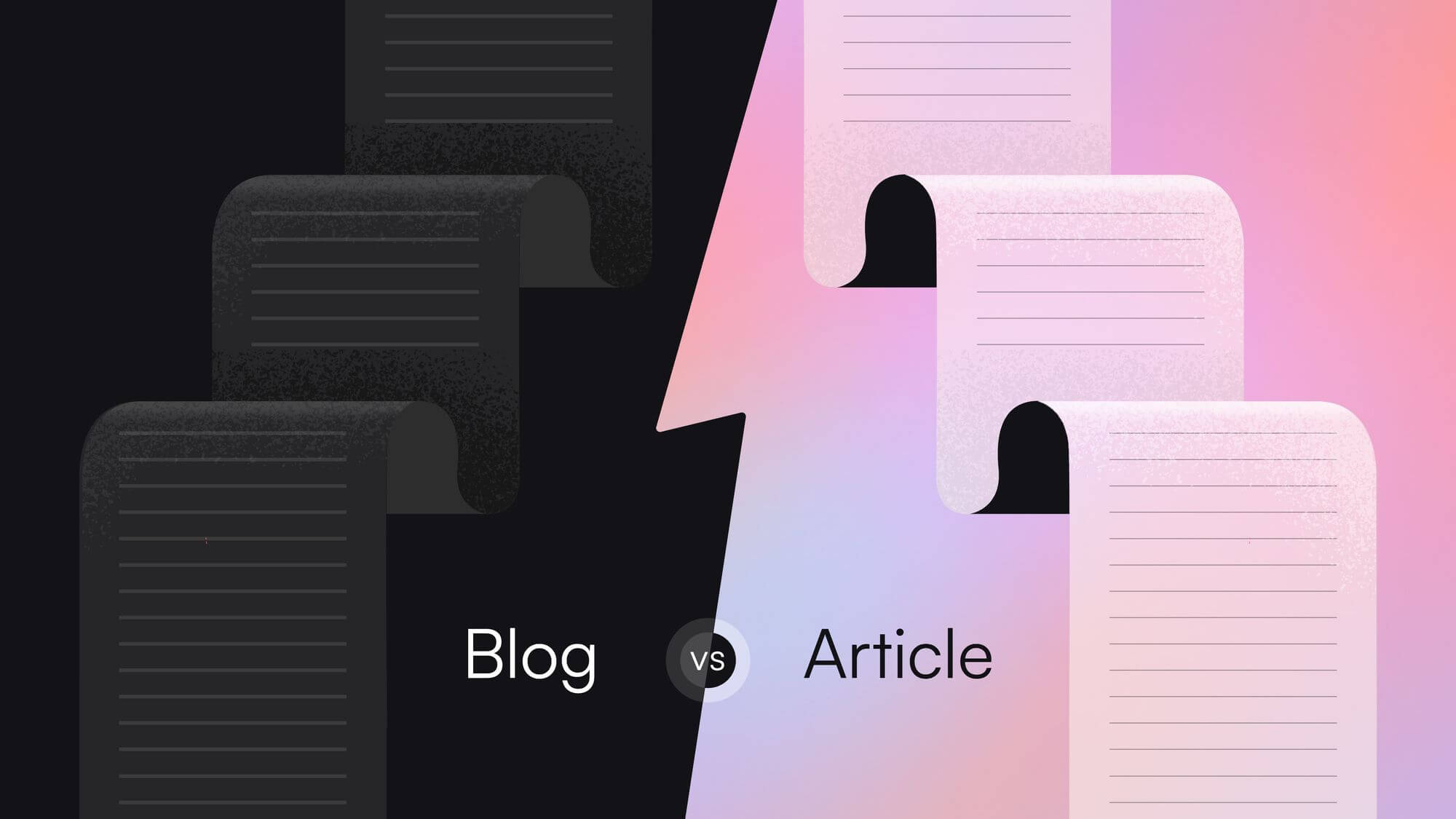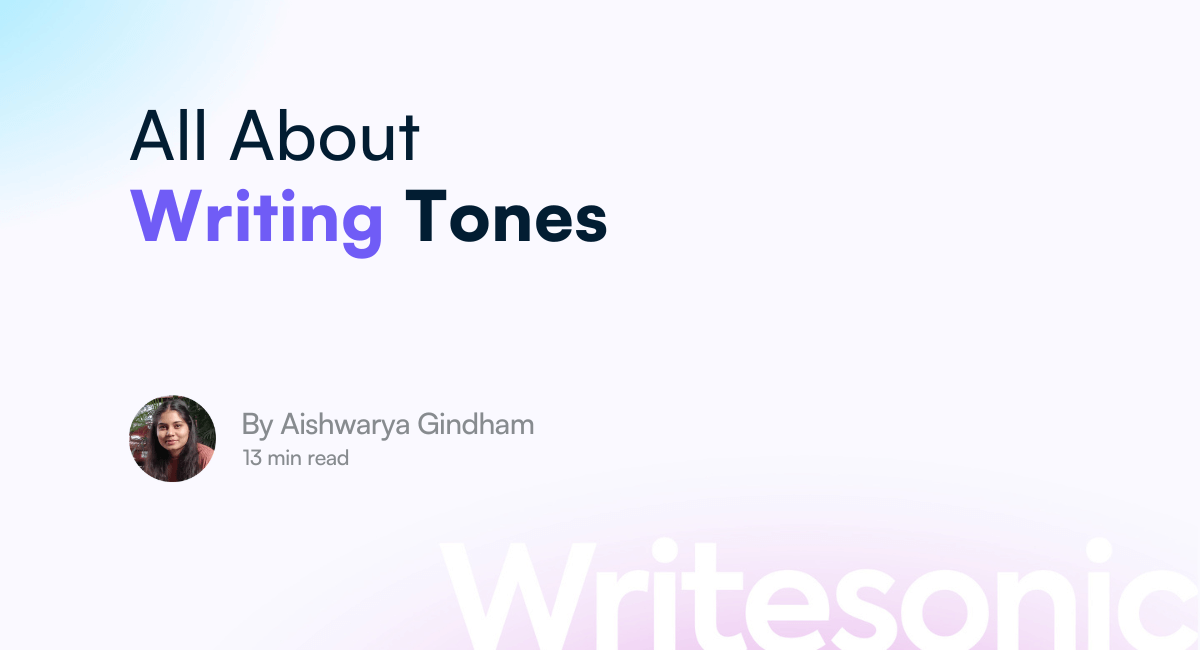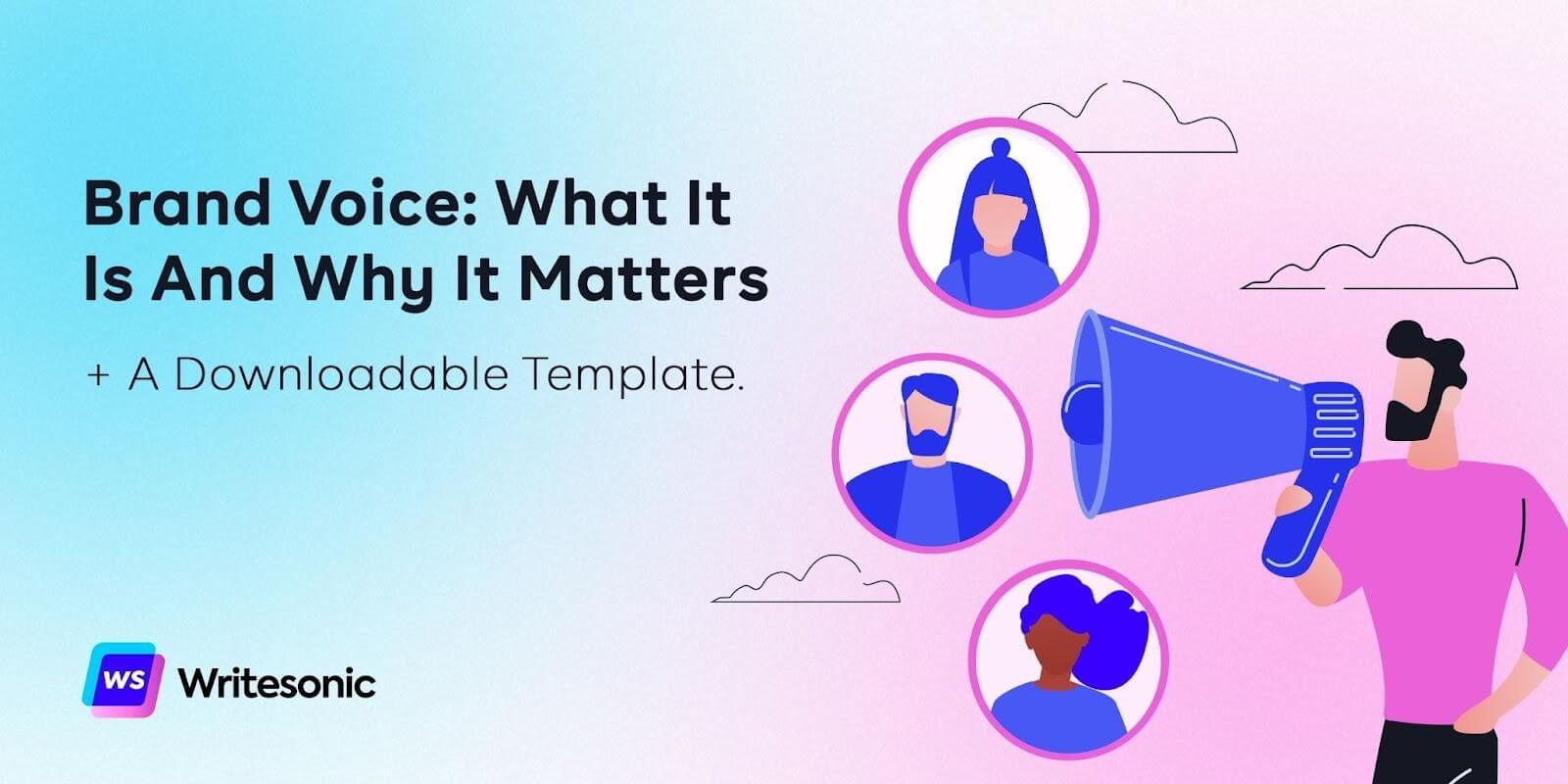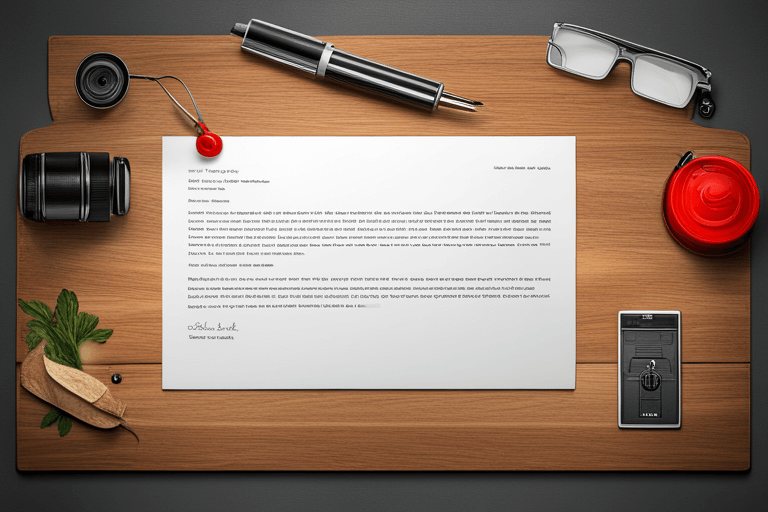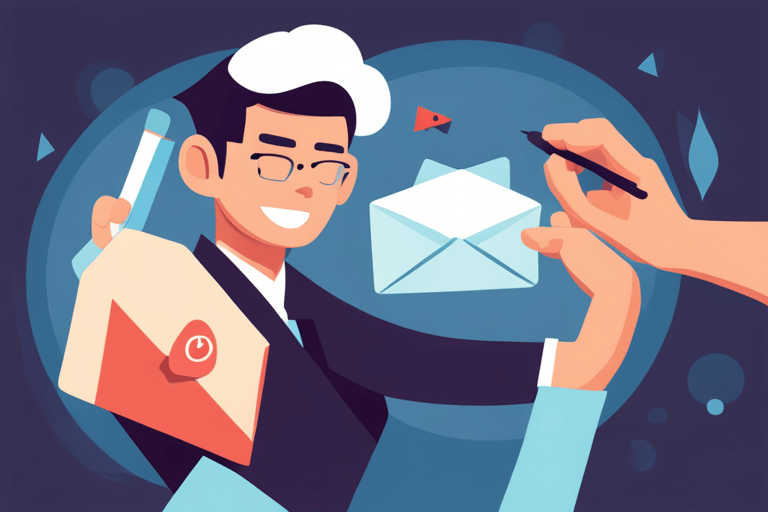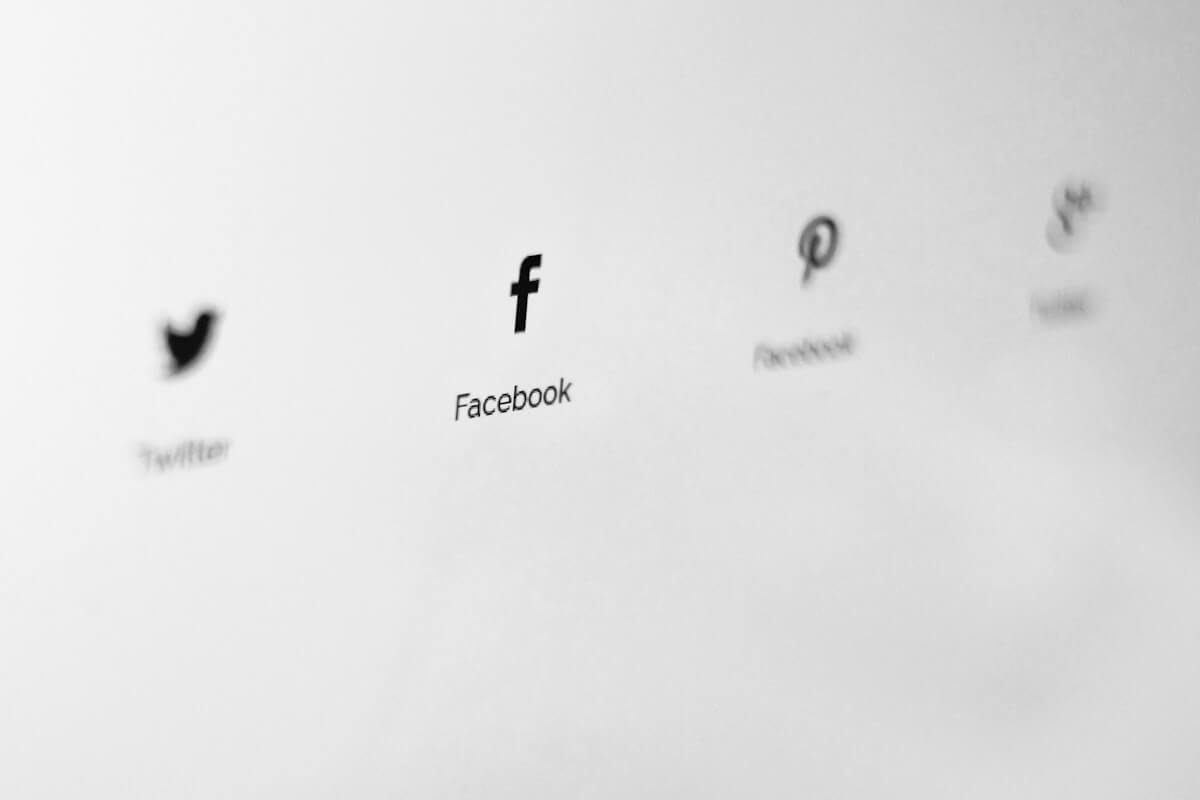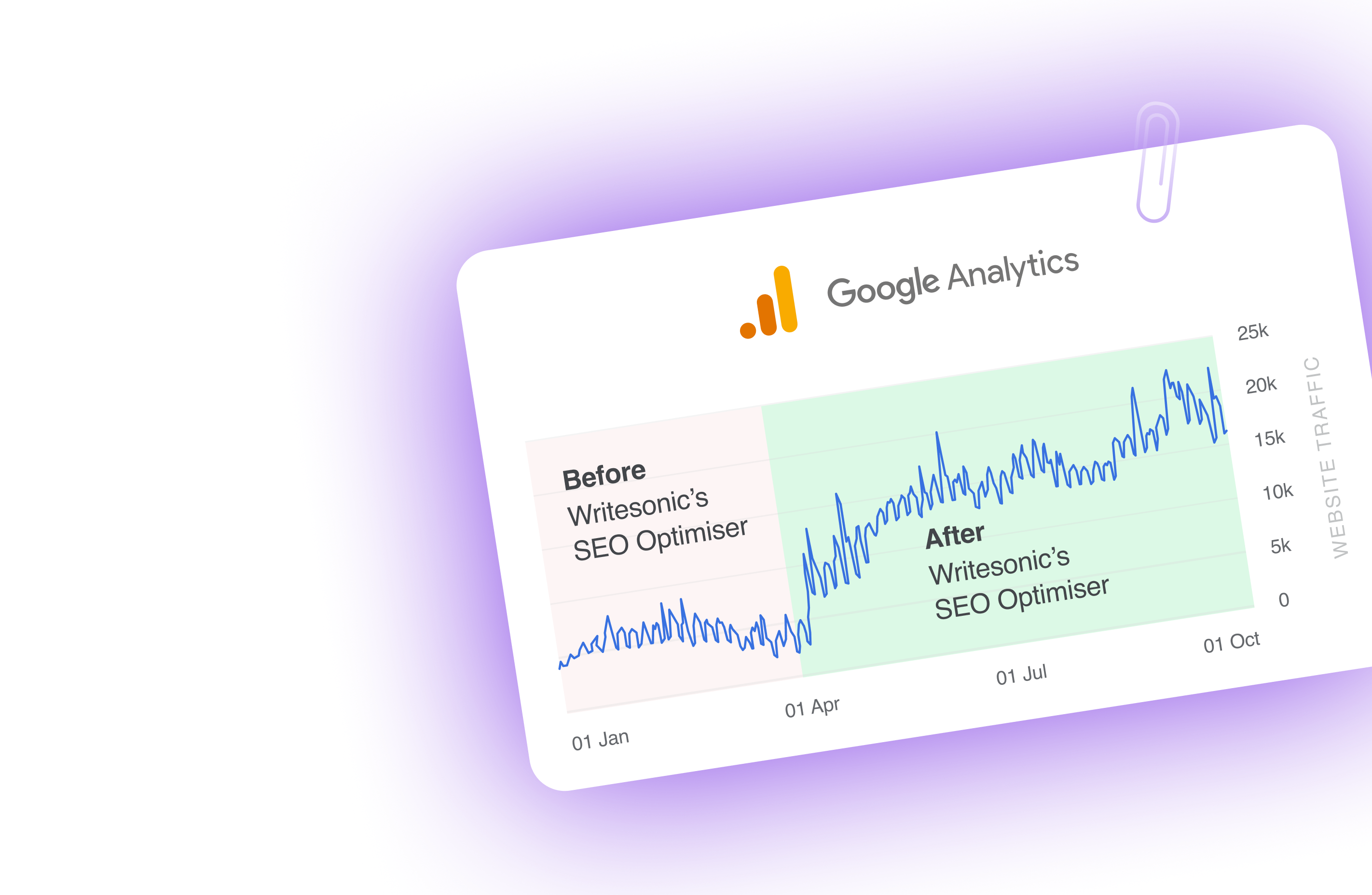How much content do you consume daily on the internet?
And how much of it actually catches your attention?
An average individual spends nearly 7 hours daily engrossed in the vast sea of online content.
Imagine your target audience, eyes glued to their screens, scrolling through an almost infinite content stream during these 7 hours. There’s a strong chance your painstakingly crafted content may just be skimmed and forgotten in the whirlwind.
The culprit? It doesn’t stand out from the crowd.
But don’t worry! There is a way to bring your content into the spotlight – ‘personalized content.’
It makes your content interesting and relevant to your target audience. Creating every piece of content to align with each individual’s specific interests and needs can sound like a herculean task 🏋️♂️
Actually, it isn’t when you leverage artificial intelligence to create personalized content for your target audience. You can using machine learning to mine previous interactions, mine contextual data to offer product suggestions tailored to each customer or customize email campaigns to suit different preferences. Moreover, AI is making customer interactions more effective and exciting. by enhancing the way brands build strong relationships with their audience.
So, how can you use AI to create personalized content for your brand? Let’s jump right in and unravel this together.
Decoding personalized content
💡
Personalized content is the strategy of tailoring your brand’s messages to resonate with individual consumers, creating a unique and relevant experience that meets their specific needs and preferences.
Think about it as the secret language of your brand, one that only you and your audience understand. It is the blend of the right message, delivered at the right time to the right person – it’s as if you’re reading your audience’s mind.
When personalized content is combined with your brand voice, one of the brand identity elements can elevate the effectiveness of your brand.
And, here is a framework to get started with to create personalized content for your brand – The 4Rs of personalized content.
- Recognize is all about knowing your audience – their behavior, preferences, and needs 👀.
- Remember phase involves leveraging AI to recall these details for future interactions 🧠.
- You then use these insights to Recommend products, services, or solutions that meet their needs 🔮.
- Finally, stay Relevant by ensuring your content aligns with your audience’s current needs and context 😌.
To understand this framework better, here is a real-world application of the 4R’s of delivering personalized content – Netflix 📺
They Recognize what you watch, Remember your choices, Recommend similar shows, and stay Relevant with up-to-date content. Netflix is so good at content personalization that 80% of its viewer activity comes from Netflix recommendations.
How can personalized content benefit brand marketing?
Ever felt like your favorite brand just gets you? Like when your Spotify playlist is a perfect match for your mood? That’s the magic of personalized digital content now.
From being a niche novelty, it has now become the ace up the sleeves of many brands, making their marketing efforts more engaging and effective.
When wielded rightly, you deliver personalized and relevant content, marketing content is a powerful tool that can upgrade your marketing game.
Let’s unravel these benefits your brand’s relationship can gain from personalized content, along with examples of companies that are already enjoying these perks
- Increased Engagement: While you are bombarded with loads of content every day, this one brand seems to understand you and provides exactly what you’re looking for. You’d surely interact more with it, wouldn’t you? That’s what personalized content does – it piques interest, boosts engagement, and wins hearts 💜.
Instagram’s personalized ‘Explore’ tab hooks users by curating posts based on their likes and follows, leading to more time spent on the app.
- Better Customer Experience: Imagine if every email you received was crafted with your needs in mind or if every product recommendation was just what you were looking to buy. A seamless and enjoyable customer experience, isn’t it? Personalized content makes this dreamy scenario a reality, enhancing your brand’s user experience 😌.
- Higher Conversion Rates: Personalized calls-to-action (CTAs) are like friendly nudges guiding your audience towards a desired action. They feel less like pushy sales tactics and more like helpful suggestions, thereby increasing the likelihood of conversions 📈.
Using personalized CTAs, HubSpot found they performed 202% better than default versions, driving more users to take action.
- Customer Loyalty: Remember the joy when your favorite coffee shop barista knows your order by heart ☕️? It’s these personal touches that foster a sense of loyalty. When your content speaks directly to your customers, they’re more likely to stick around.
Starbucks‘ rewards program sends personalized offers based on a customer’s order history, encouraging repeat purchases and fostering loyalty.
- Relevant Brand Communication: Personalized content ensures you’re not just adding to the noise. Instead, you’re providing valuable and relevant information that your audience appreciates.
Email marketing platform, Mailchimp, found that segmented, personalized email campaigns had 14.31% higher open rates, showing that relevant, targeted content often gets more attention.
- More Accurate Data and Insights: Personalization goes hand in hand with data 💻. The more you personalize, the more data you gather about your audience, leading to more insightful marketing decisions.
Amazon’s personalized product recommendations enhance the shopping experience encourages customers and provide valuable customer data for further refining their strategy.
- Competitive Advantage: In a world where consumers are spoilt for choice, personalized content could be your differentiating factor. It helps you stand out and positions your brand as being customer-centric.
Spotify stands out in the crowded music streaming market by offering personalized playlists like ‘Discover Weekly’ and unique year-end reviews that users love to share.
- Reduce Content Fatigue: Let’s face it. We’ve all been overwhelmed with generic content. Personalized content keeps things fresh and interesting, reducing content fatigue.
The Dollar Shave Club combats content fatigue by sending personalized emails based on individual customers’ subscription status and buying behavior, keeping their communications engaging and meaningful.
Personalized content marketing isn’t just a ‘nice-to-have,’ but a strategic necessity that leads to deeper customer relationships, improved brand loyalty, and, ultimately, enhanced business performance.
How to create personalized content?
Imagine if your content spoke directly to your audience’s needs, interests customer experiences, and aspirations. Well, that’s not just wishful thinking but a reality that’s within your grasp. Let’s venture on this journey to personalize content, together as we outline a step-by-step process for creating personalized content.
Step 1: Define your goals 🎯
Before you sprint, know where you’re heading.
By understanding what you want to achieve – be it increased brand awareness, boosted engagement, driving sales, or anything else, you can better align your marketing spend content personalization efforts with your business objectives.
It also makes it easier to measure the effectiveness of your own personalization tool and strategy and make necessary adjustments along the way.
For example, if your goal is to increase engagement with irrelevant content, your personalized content may involve interactive quizzes or surveys tailored to your site visitor or audience’s interests.
Step 2: Understand your audience 👥
The more you know about your audience, the better you can tailor content to meet their needs and preferences. Dive into customer data – employ mixed research methods, conduct surveys, engage in social media listening, pore over customer feedback, and analyze their online behaviour.
Look for patterns in a potential customer and behavior that can help you understand target customers, their interests, pain points, and what they value in a brand.
By developing comprehensive buyer personas, you can ensure that every piece of content you create will resonate with your audience and drive them to take action.
Step 3: Segment your audience 📊
One size doesn’t fit all when it comes to your audience.
Divide your audience into distinct segments based on the insights collect data you’ve gathered. This could be demographics, online behavior, purchase history, and other relevant parameters. You can create a comprehensive list of these segments and their defining characteristics. This list will serve as a blueprint when creating personalized and customized content just for each group.
For example, a fitness brand might segment its audience into gym-goers, yoga enthusiasts, and outdoor adventurers, offering each group personalized content that resonates.
Step 4: Collect and Analyze Data 📈
Just as a treasure map leads you to hidden riches, data leads you to invaluable insights about your audience. By collecting data about your audience’s online behavior and preferences and analyzing this data, you digital marketers can mine behavioral data to uncover insights that guide your personalization strategy.
You need a system that continually tracks and records how your audience interacts with your content. Tools like Google Analytics, Motion analytics alternative or other social media platforms’ analytics can be invaluable here. This will allow you to understand what content works, what’s not, and why.
Regularly review this data and use it to gain insights. Make it a habit to refine your content strategy based on these insights, keeping your content as relevant and effective as possible.
Step 5: Write personalized content with AI 🤖
Finally, armed with your audience segments and a wealth of relevant consumer and demographic data, it’s time to create personalized marketing content for your audience.
Here is Writesonic AI Article Writer to help you create factual and personalized content with ease 😃
Curious about how it works?
It’s simpler than you think!
- Start by logging into your Writesonic account and heading to your dashboard. Don’t have an account yet? You can sign up for free and get a nifty 25-credit bonus 🎉.
- On your dashboard, you’ll find the shiny Article Writer 5.0. Give that a click and prepare to dive into the world of AI-generated content.
- This is where you get to be the director of your content. Fill in the details for your article, like the topic or reference articles. If you have specific links in mind, just add them. If not, type in your keywords, hit ‘search articles’, and pick the one that catches your eye.
- Once you’ve selected your reference links, hit ‘Next.’ A few more steps, and you’re there! Add any extra details, throw in those keywords, pick your preferred tone of voice, and select the quality and language for your article. Now click on the ‘Generate Article’ button!
- You’ll see a pop-up detailing the number of input and output words and how many premium words will be used. All good? If yes, confirm it, and you’re all set!
- Voila! Your personalized, high-quality article is ready to rock! You can regenerate the article for a fresh take if you’re feeling adventurous. Oh, and don’t forget to rate the article. It’ll help you refine Article Writer 5.0 and deliver even better content faster for you.
All set! Now you’re armed with the power of AI, ready to craft compelling content that resonates with your brand’s voice and appeals directly to users interests of your audience. It is time to create content and let Article Writer 5.0 guide your content creation journey and see how your brand story unfolds!
Types of personalized content
After unlocking the magic of creating personalized website content with Article Writer 5.0, let’s now delve into the various arenas where you can make this personalized content shine.
Here are different types of personalized content that can propel your brand to new heights🚀.
Blog posts
There is something magical about finding a blog post that feels like it’s been written just for you. It’s like the author reached into your mind, understood your needs, and then penned an article that hits right home. That’s the power of personalized blog content.
It’s not just about spreading information anymore – it’s about sparking connection.
When your brand’s voice is wrapped up neatly with insights that your readers crave, it can lead to a delightful customer experience.
As you continue to deliver personalized content and create blog content that truly resonates with your audience, you provide value and build a strong, loyal community around your brand.
💡
Learn all about creating the right personalized content through our post on how to write a blog.
Website personalization
Ever catch yourself scrolling through Amazon, amazed at how it always seems to ‘know’ what you need? It’s like walking into a personal store where everything is picked out based on your tastes and preferences.
Who wouldn’t get excited about seeing their favorite products or interesting recommendations all in one place?
That’s the magic of Amazon’s website personalization. They’ve turned the homepage into a very personalizing content shopping zone where everything you see is tailored based on your browsing history. It’s like Amazon is constantly whispering, “Hey, remember that cool gadget you were checking out? Or how about these new books by your favorite author?”
Email personalization
Emails 📜!
We all get them, but the personalized ones catch the eye and make you feel a little special. It is not as simple as popping in the reader’s name here and there. Email personalization is a whole other ball game!
The trick is to really understand your subscribers. Not just know them but really get them. This involves using consumer data and segmenting them based on where they’re at in the sales funnel, what challenges they’re facing, what solutions they’re seeking—the works.
And create email content that the customer’s experience tailor-made for these customer segments too. Because when the content resonates, that’s when it becomes engaging.
Nike takes email and personalization strategies to a whole new level. For example, if you bought a pair of running shoes last week, you will receive emails about the city’s best running tracks. That’s how they connect with potential customers.
So the next time you’re mapping out your email strategy, take a page from Nike’s playbook. Try personalizing your email to incorporate personalized content first—you might be surprised by the results.
Social media ads
Ever scrolled through your social media feed and come across an ad that’s so spot-on, you wonder if someone’s been snooping on your browser history? Well, it’s not some secret online stalker 🕵️.
These are targeted social media ads. They are like precision-guided missiles, zapping their way straight to the users who are most likely to be interested in what they’re advertising. They showcase products or services that users have shown interest in before.
Take Facebook’s dynamic ads, for instance. They are a prime example of this strategy, and businesses are reaping the rewards big time. These ads cater to individual user preferences based on their browsing patterns on the advertiser’s website. So, if you’ve been eyeing that pair of sneakers on a brand’s site, don’t be surprised if they pop up in an ad on your Facebook feed.
Calls-to-action (CTAs)
Now let’s chat about the power of CTAs – Calls to Action. These can be like your own personal cheerleaders, encouraging your users to take the next step in their customer journey, with your brand. But have you ever thought of adding a personal touch to your CTAs?
They can do wonders for your conversion rates.
Imagine you’re on Coursera, the online learning platform. It nailed the art of personalized CTAs. by making its homepage into this dynamic, ever-changing space that reflects your interests. Maybe you are looking for Python Programming courses, guess what you’re going to see the next time you log in?
Yup, a CTA gently nudging you to explore more Python-related courses.
What Coursera is doing is more than just pushing for more sign-ups. They’re making their platform a more engaging, user-centric space. So, when you’re pondering over your next CTA, why not give personalization a shot? It can be your game-changer!
Product recommendations
When you are scrolling through a sea of products on an online store, not quite sure what you’re looking for. Suddenly, there’s a spark. A product that’s so “you”, it could have been hand-picked. That’s the magic of personalized product recommendations.
To spin the record a bit differently, let’s check out Spotify, the music streaming giant. They’ve got their own unique take on music recommendations. Along with prompting to upgrade their subscription, they create custom playlists that are totally in sync with your taste in music. Have you heard a lot of indie pop this week? You’ll find a playlist brimming with similar tunes waiting for you the next time you log in.
What Spotify is doing is essentially making the user stick around longer, tuning into their favorite tracks, discovering new ones, and overall having a blast. Users feel more connected to the platform, and Spotify hits a high note with customer satisfaction.
Gamification
Remember when you used to trade baseball cards or compete with friends to see who had the most stickers in their collection? Well, that’s sort of what gamification in content personalization is all about, but with a digital twist.
Take Duolingo, for a great example. It’s turned language learning into an interactive game that keeps you coming back for more. Completing lessons earns you ‘experience points,’ making every interaction feel like a victory lap. These ‘points’ are your digital stickers, urging you to stick with your language journey and learn a little more every day.
It’s all about injecting some fun into the user experience, transforming an everyday It’s all about injecting some fun into the user experience, transforming an everyday interaction into an exciting challenge. Gamification adds an extra layer of engagement to your content, sparking joy and boosting user loyalty in the process.
So, whether you’re crafting blogs, designing your website, or drawing up an email campaign, sprinkle in some personalization magic.
Maximize your brand growth with personalized content
And there you have it! We’ve explored some examples of personalized content, decoded its power, and outlined a roadmap to create it. We’ve also highlighted how tools like Article Writer 5.0 can transform this process, making it efficient and effective. Personalized content can range from blogs, create posts, and emails to more tailored content for CTAs and product recommendations.
Yet, it’s clear that creating content with personalization can be demanding. That’s where AI shines – speeding up the process and meeting audience needs swiftly. Writesonic’s AI Article Writer 5.0 is here to unlock your artificial intelligence potential, leaving behind the generic and embracing dynamic content now.
So, why not kickstart this journey? Get hands-on with the AI Article Writer and elevate your brand through personalized content. Ready for the leap?



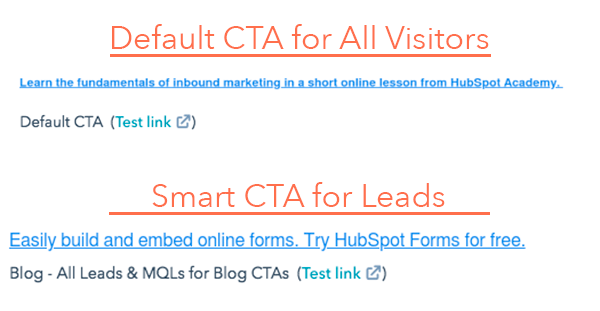
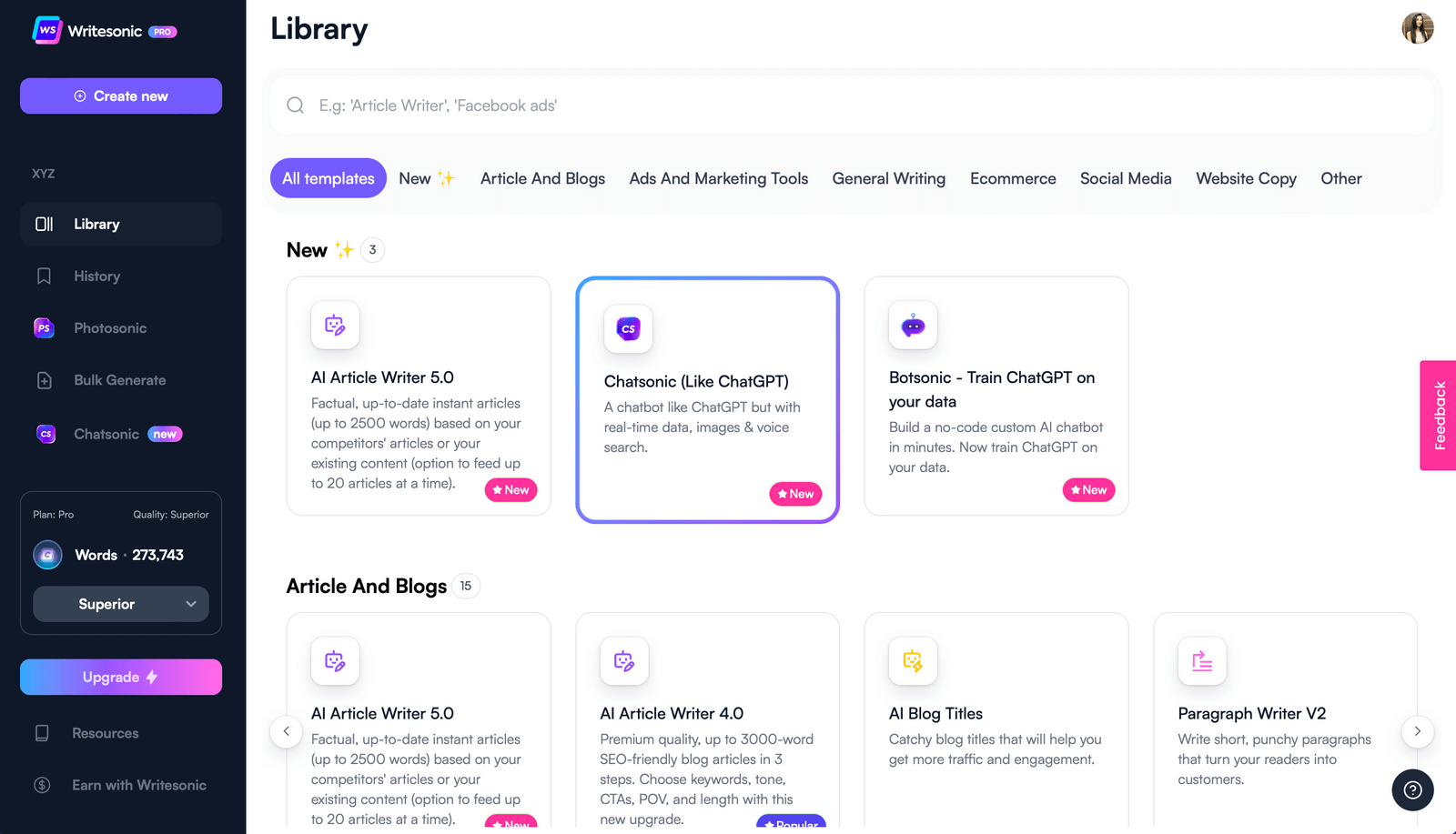
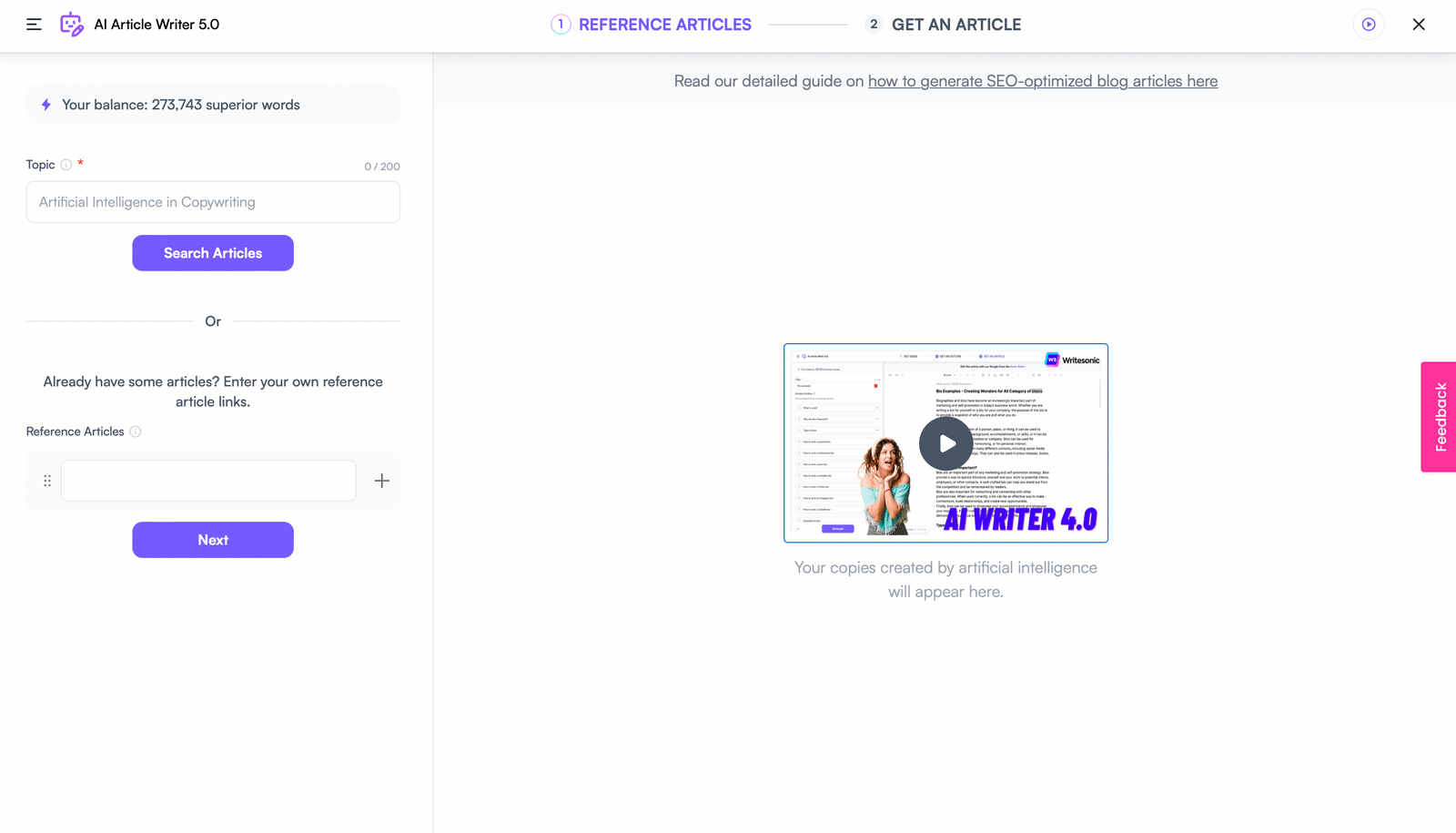
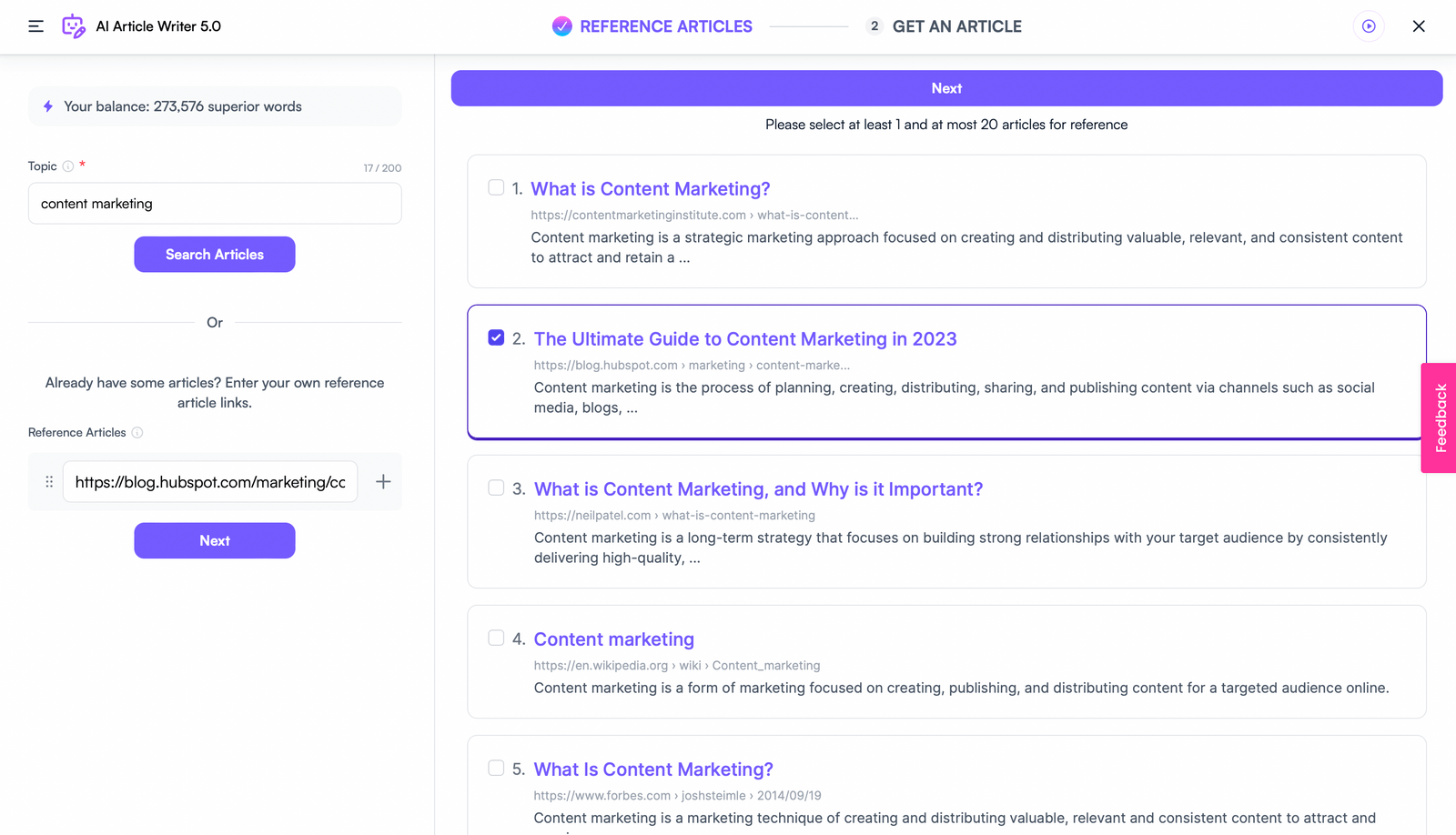
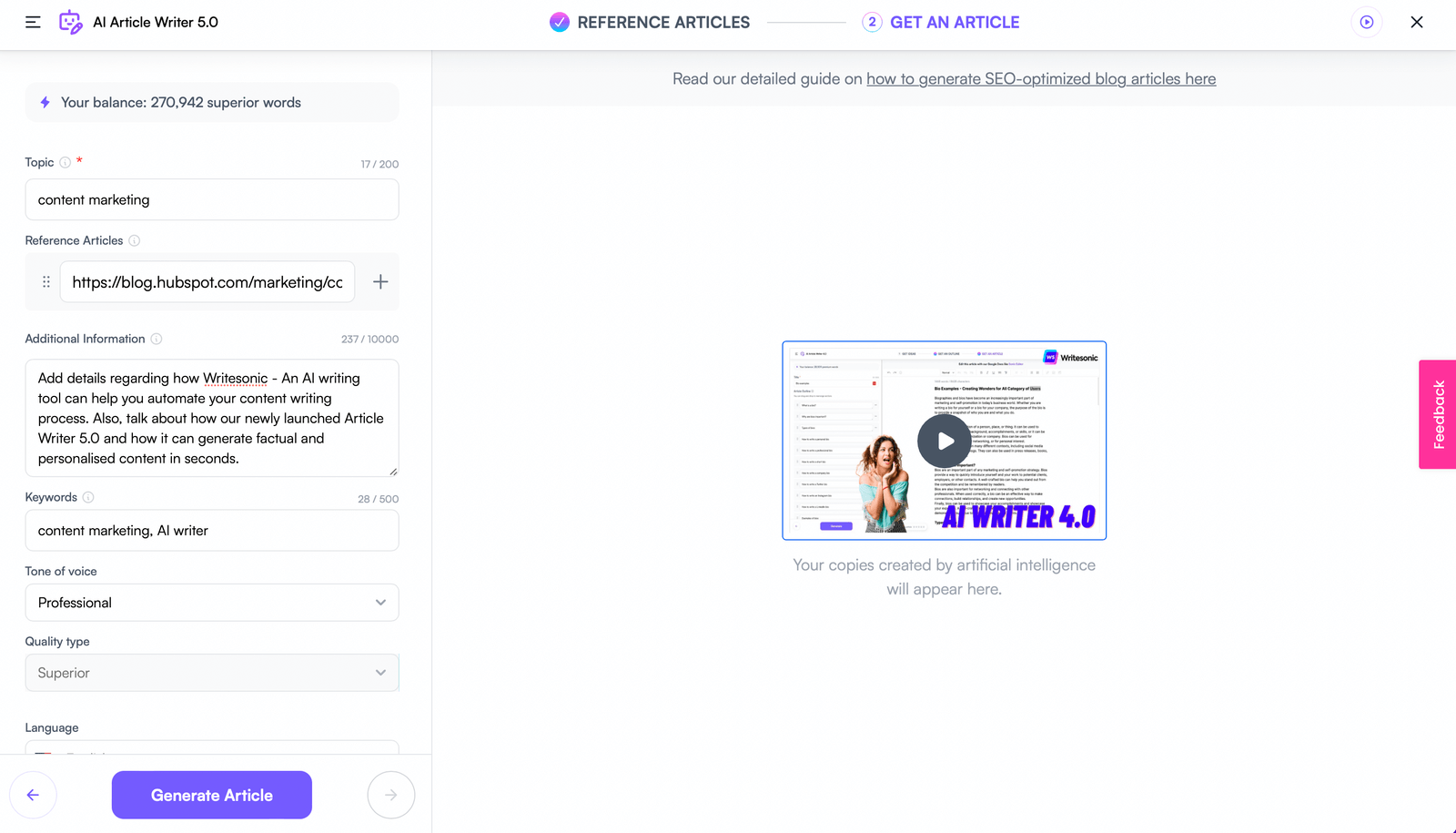
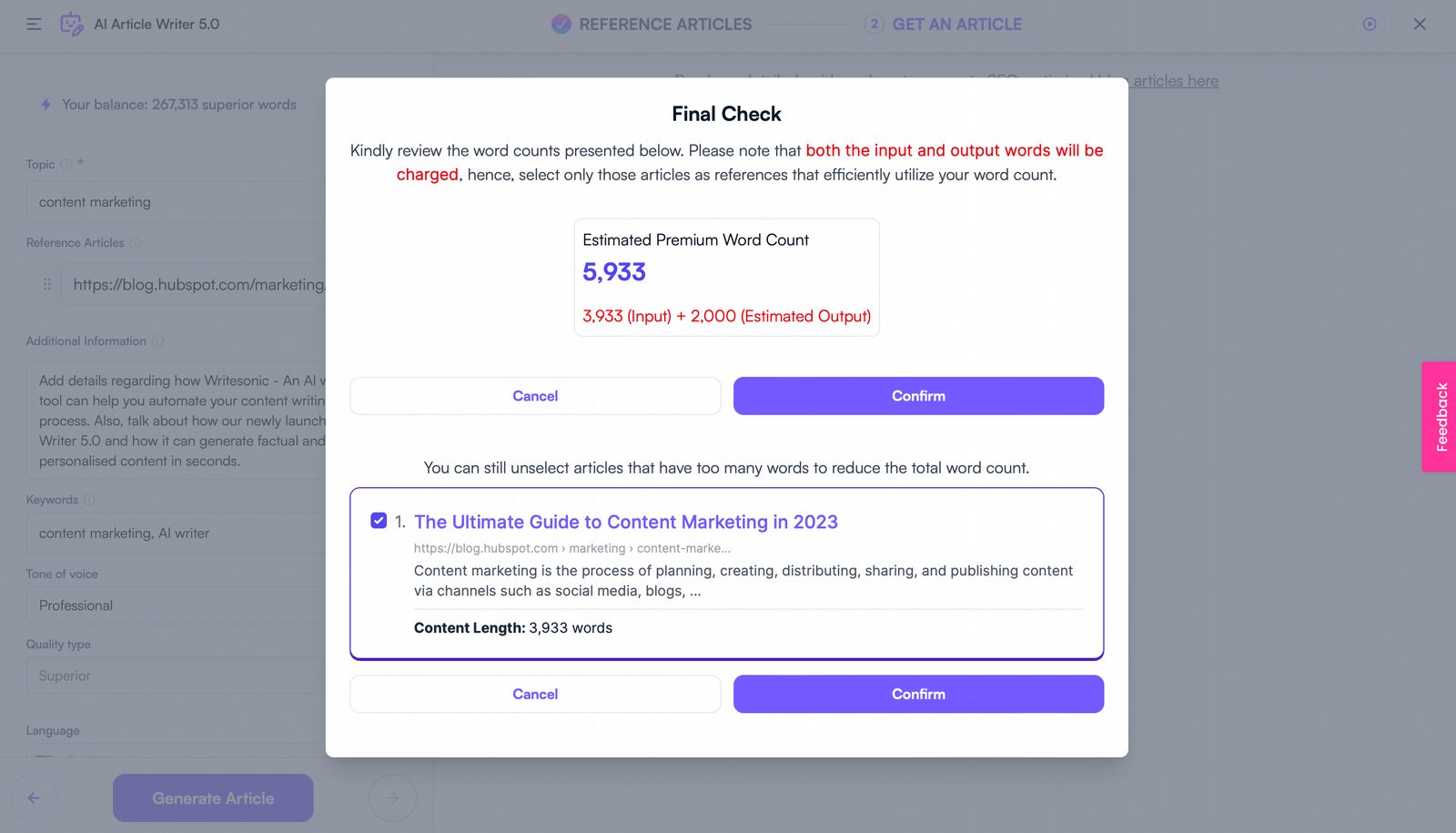
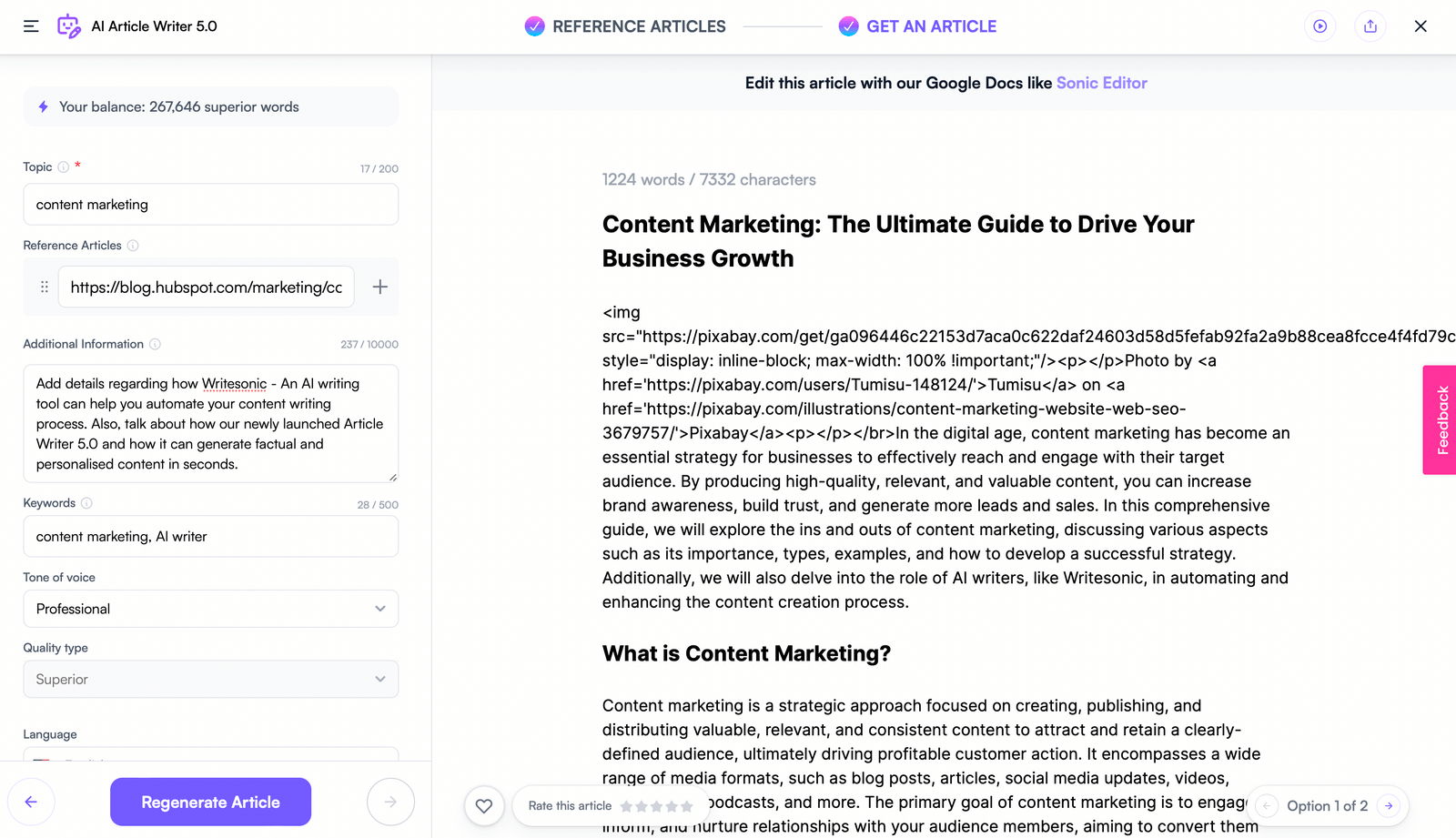

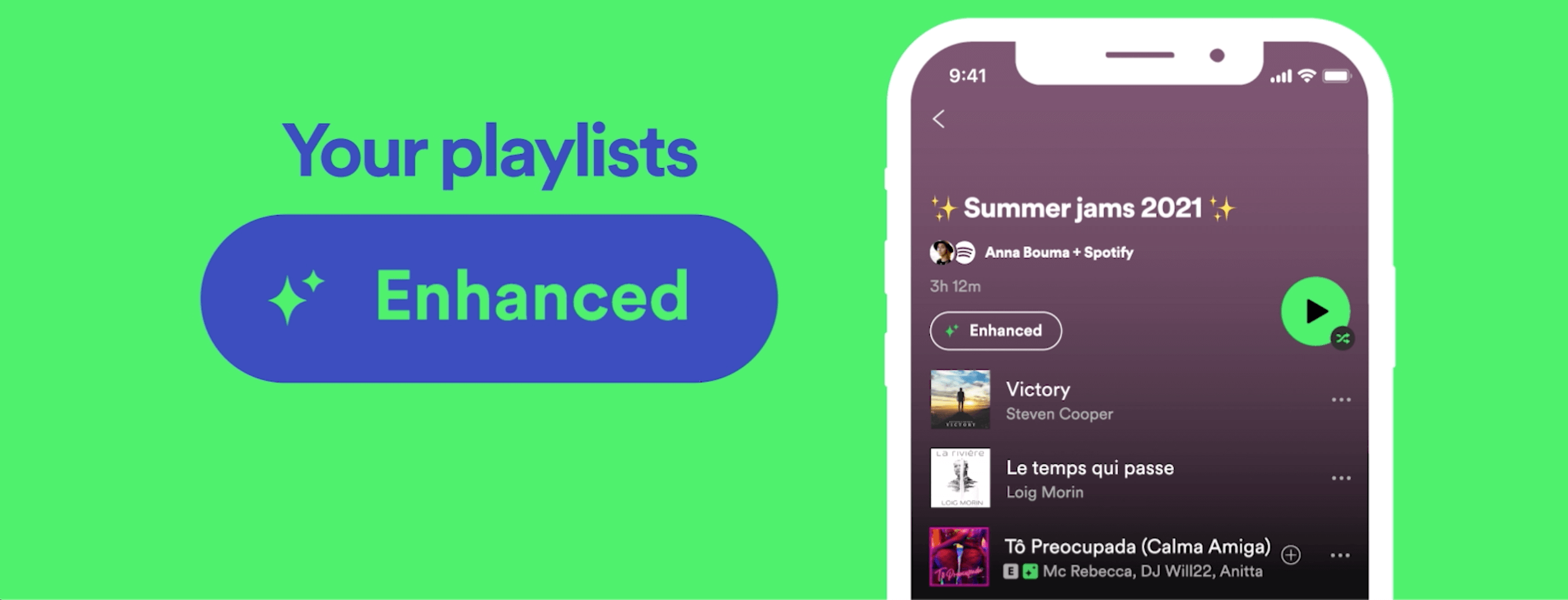
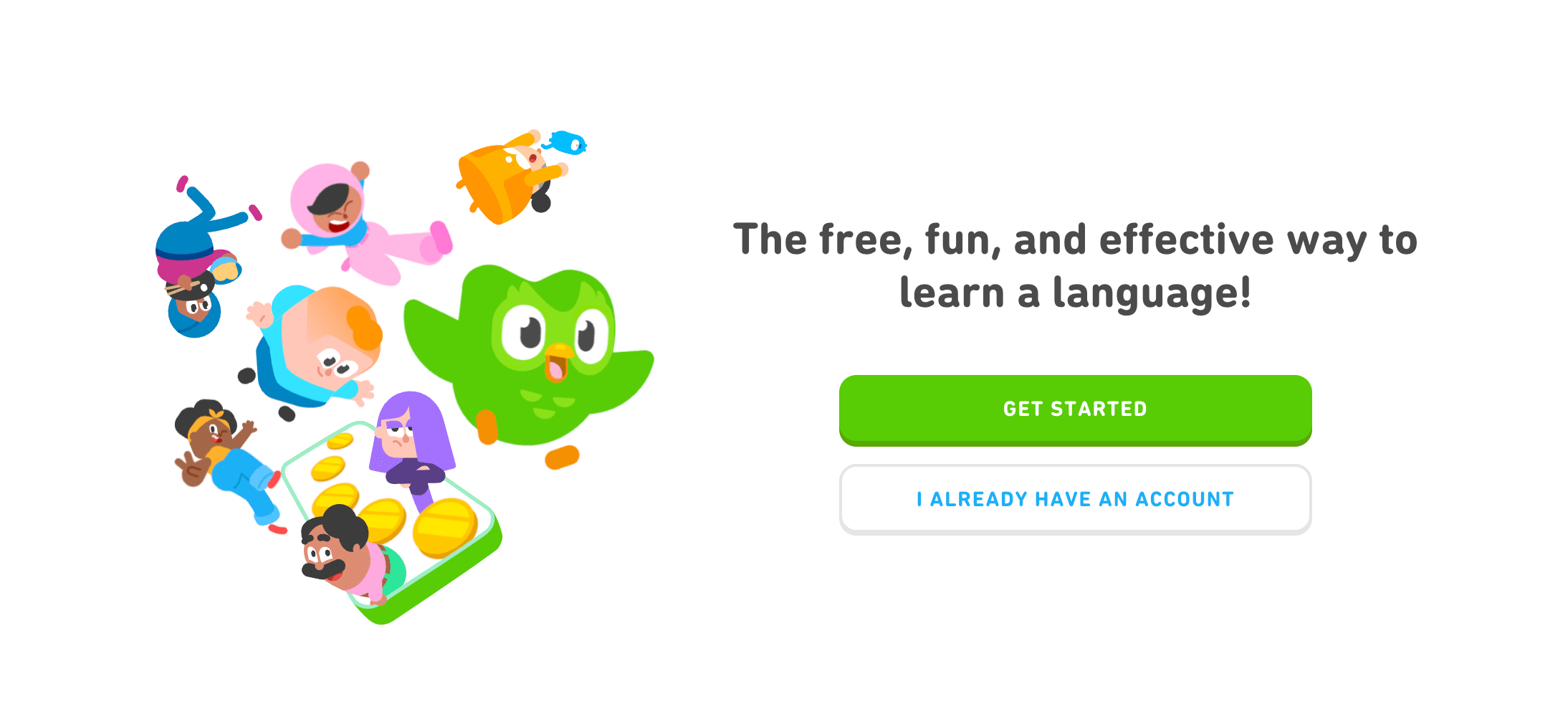




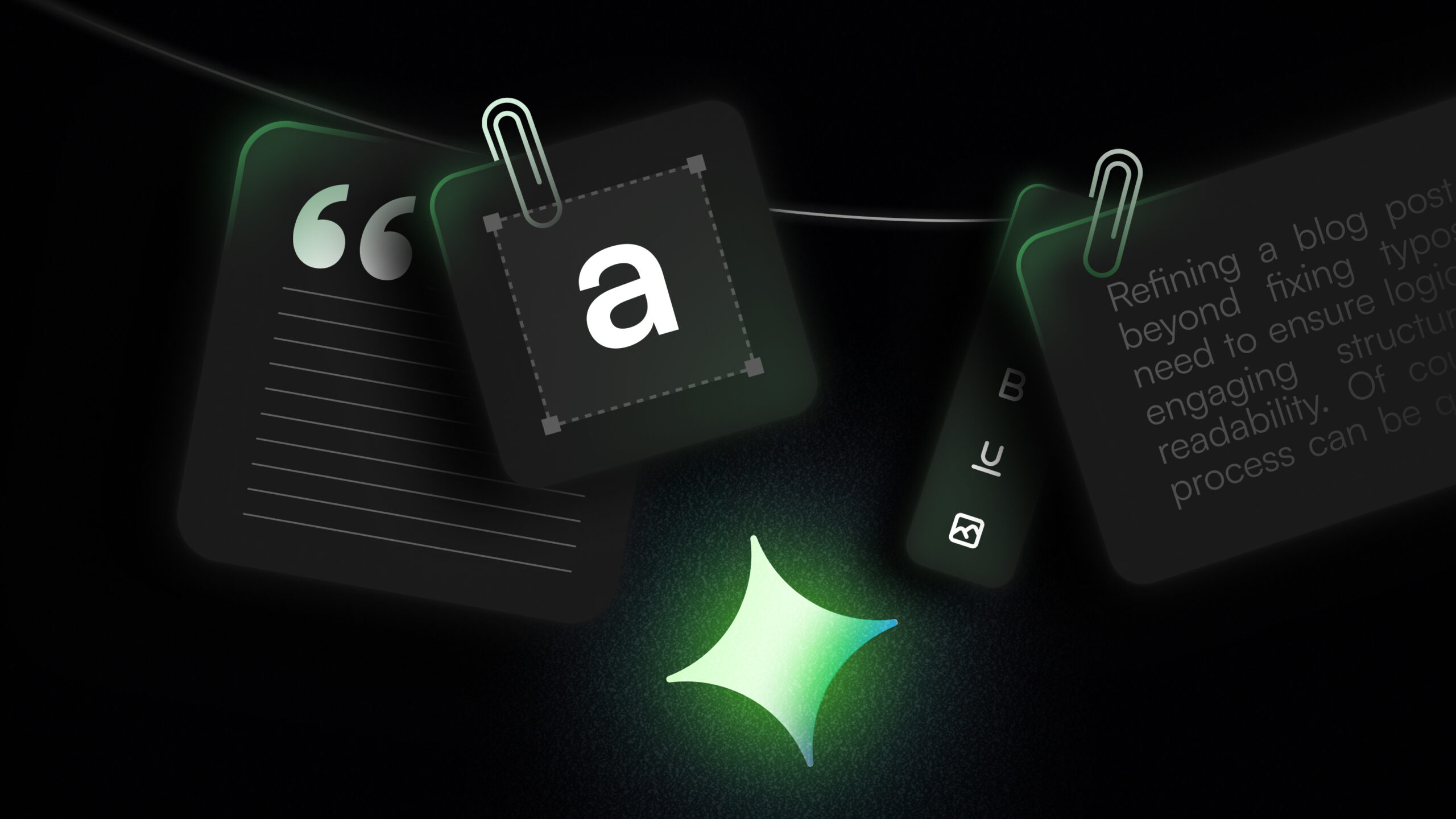

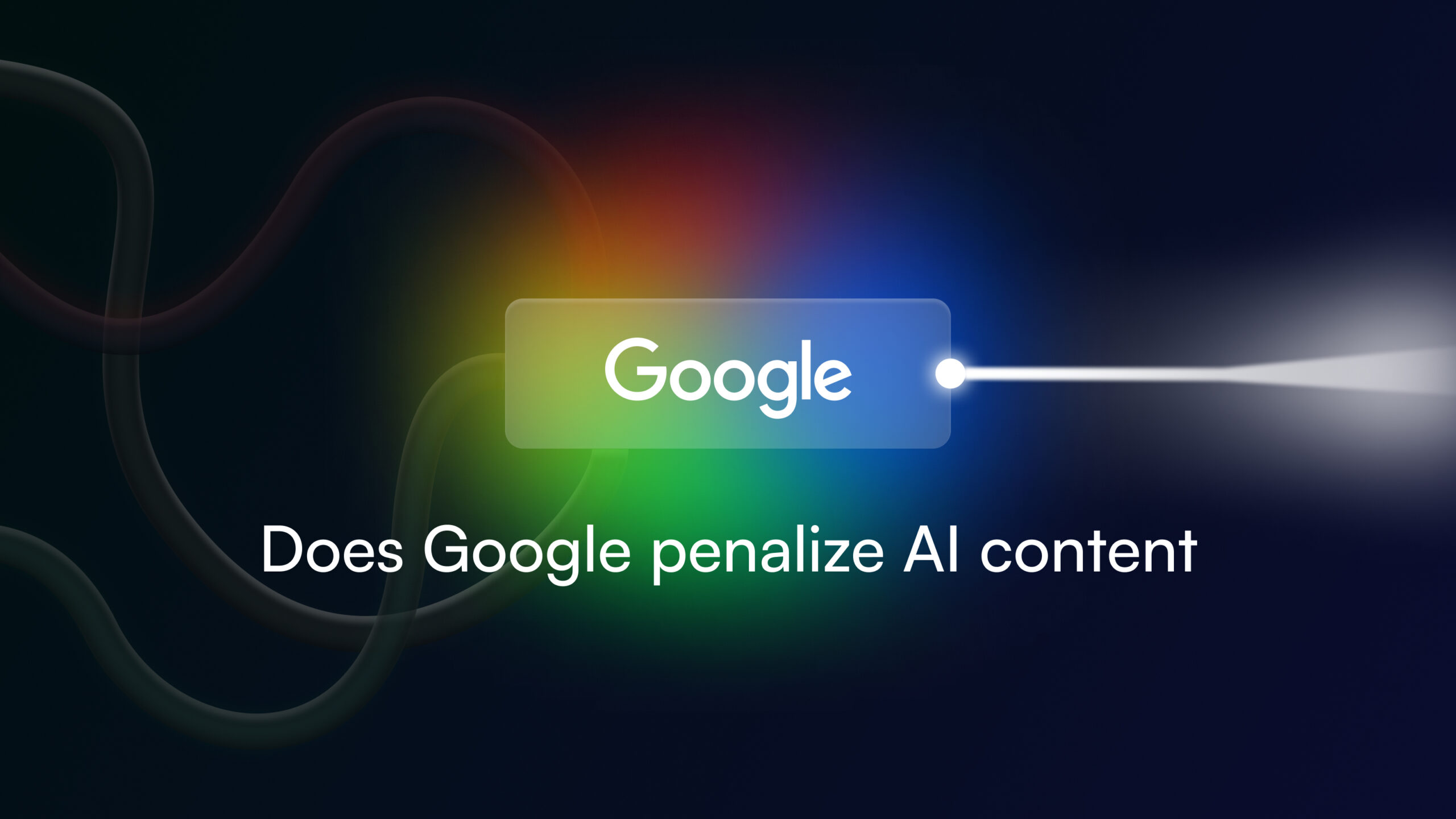

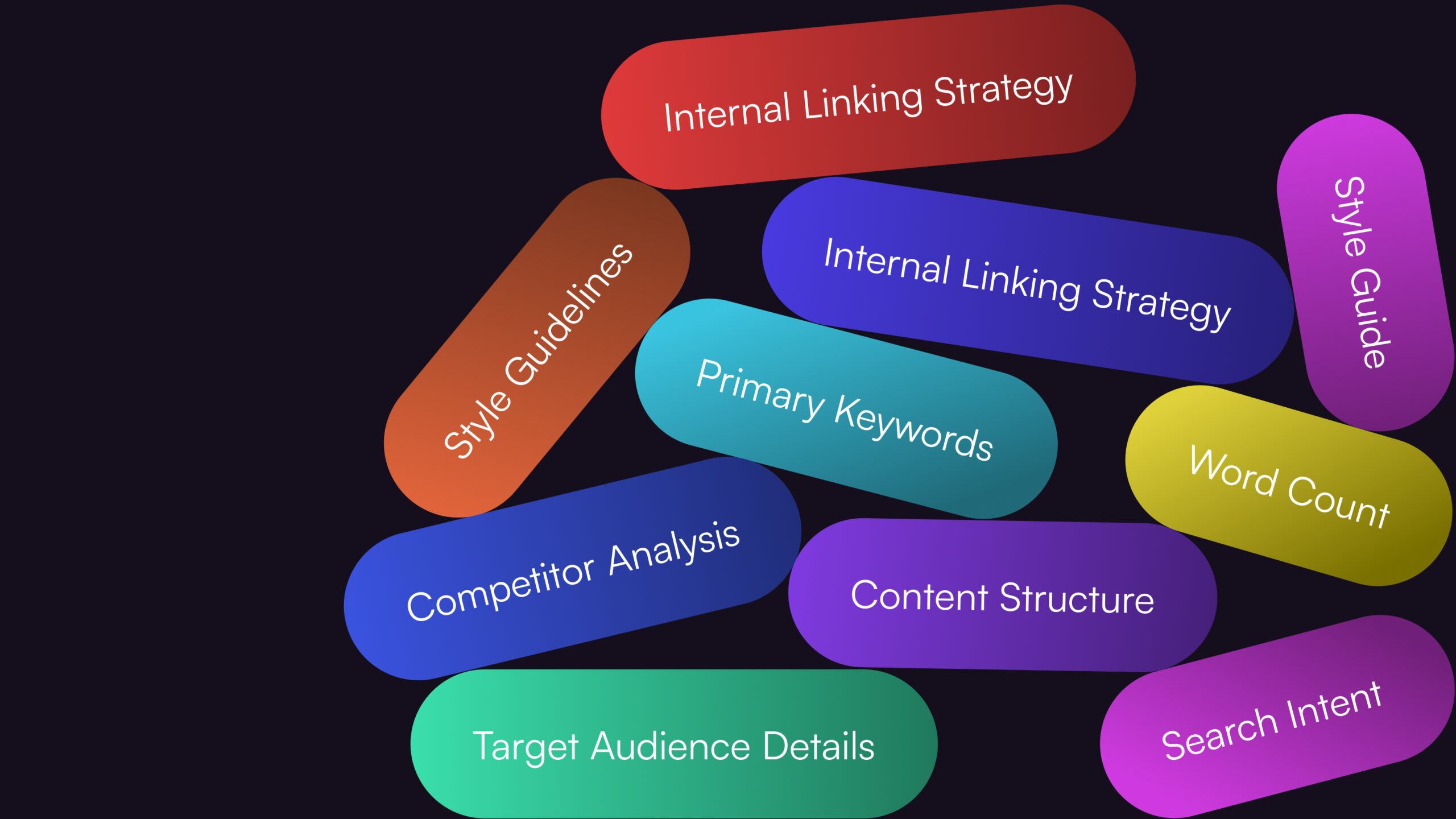

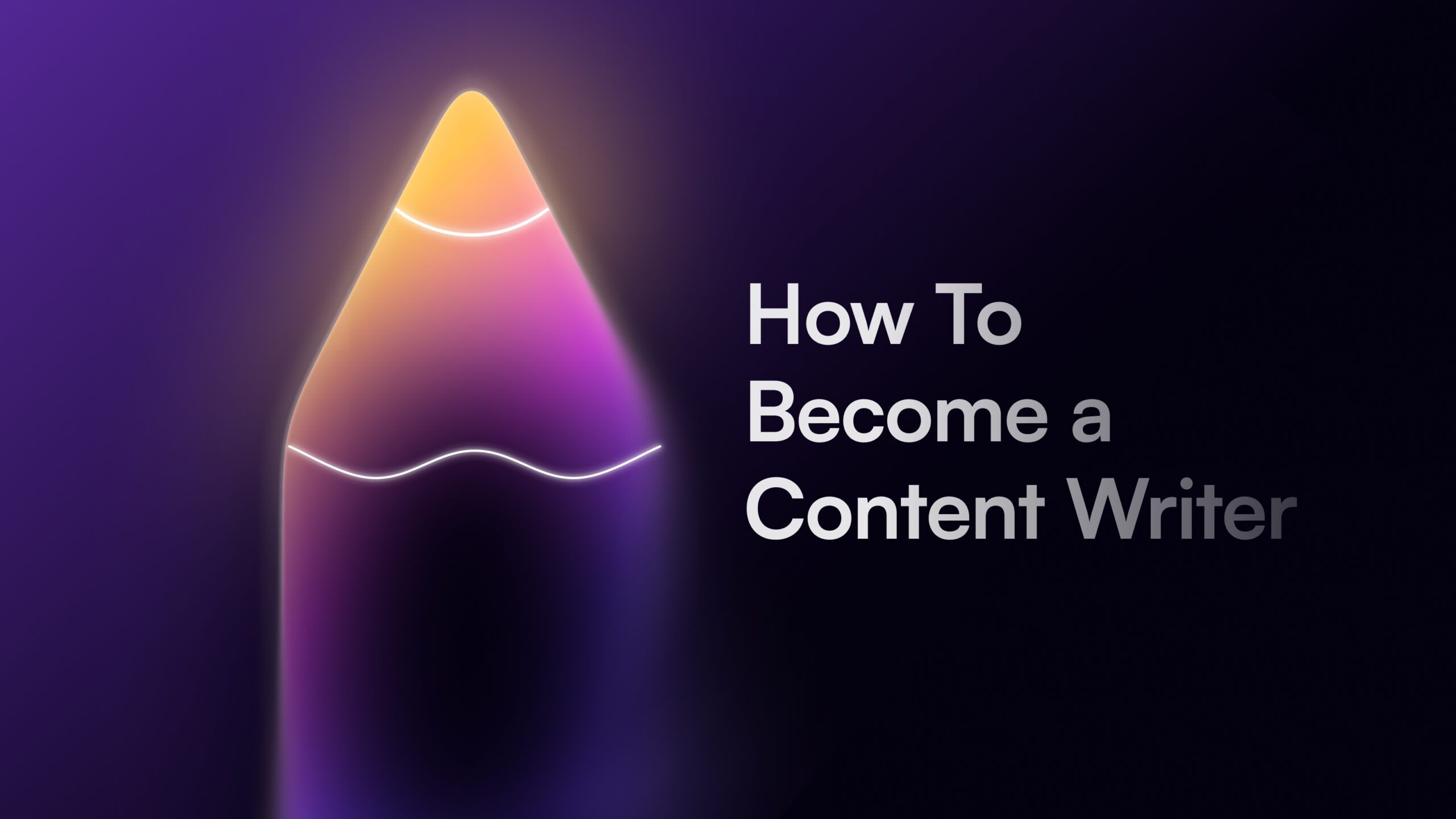

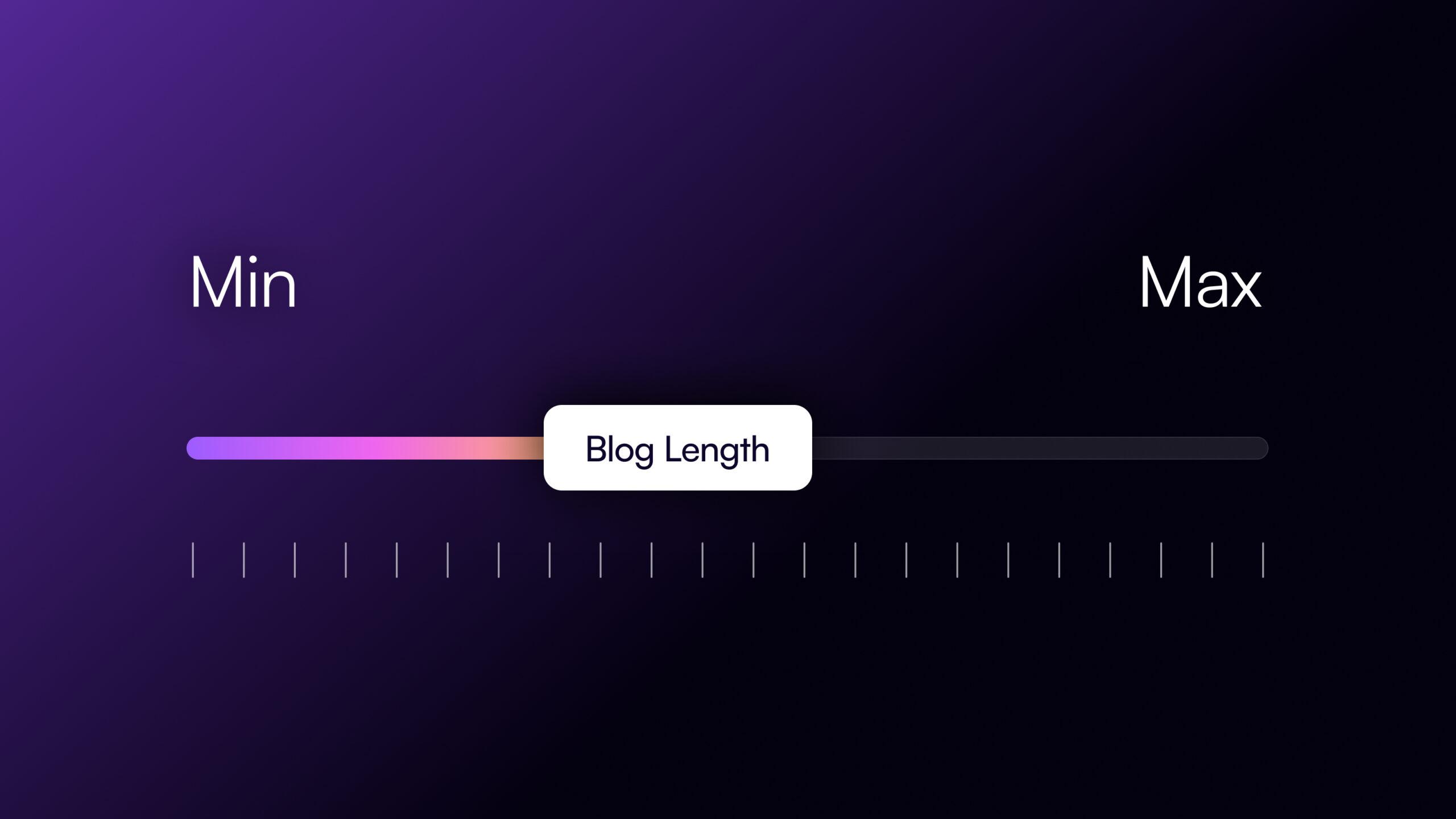
![The 11 Best AI Writing Tools to Try in 2025 [Tried & Tested]](/wp-content/uploads/AI-Writing-tools-For-Business.jpg)
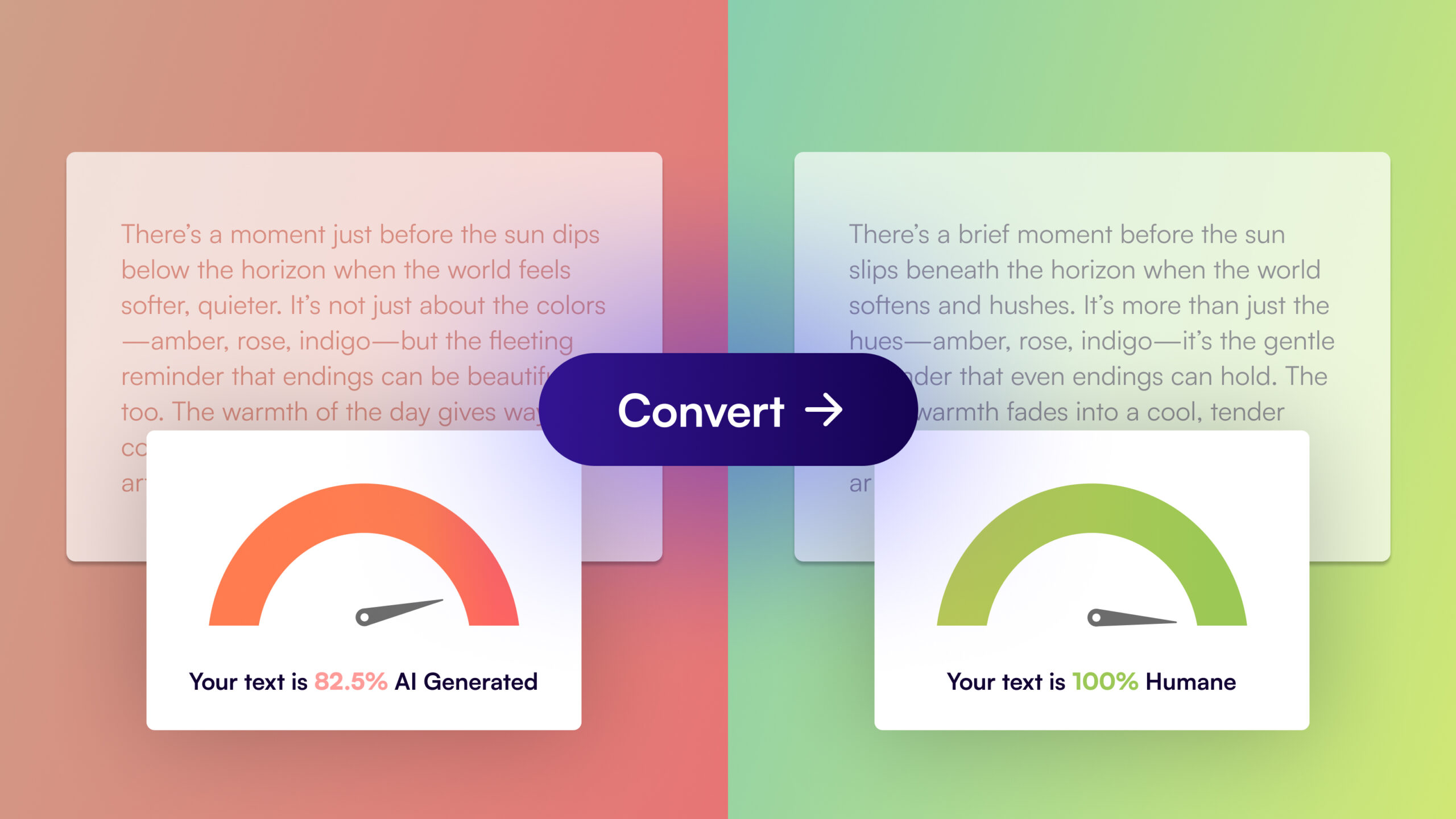
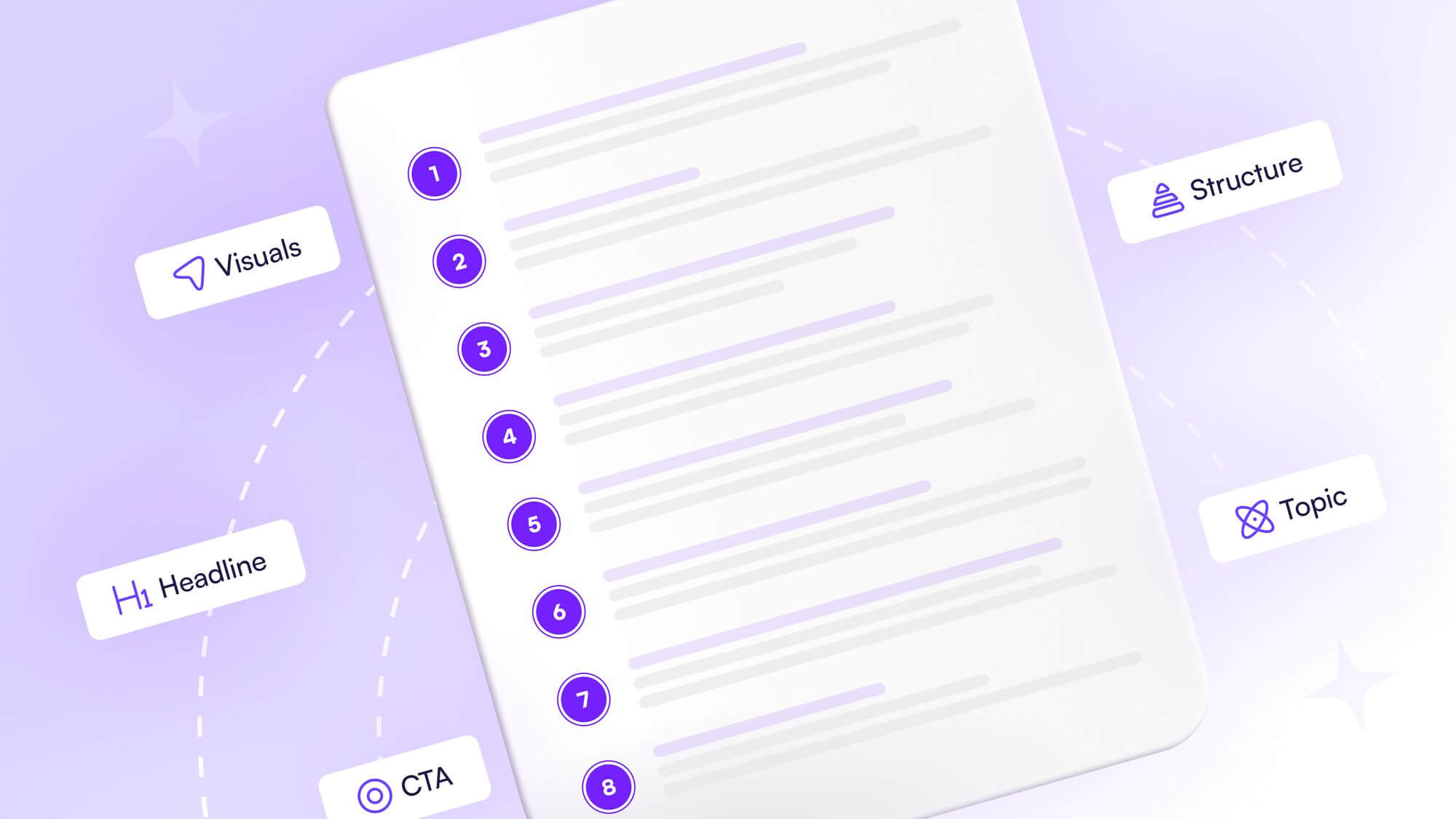
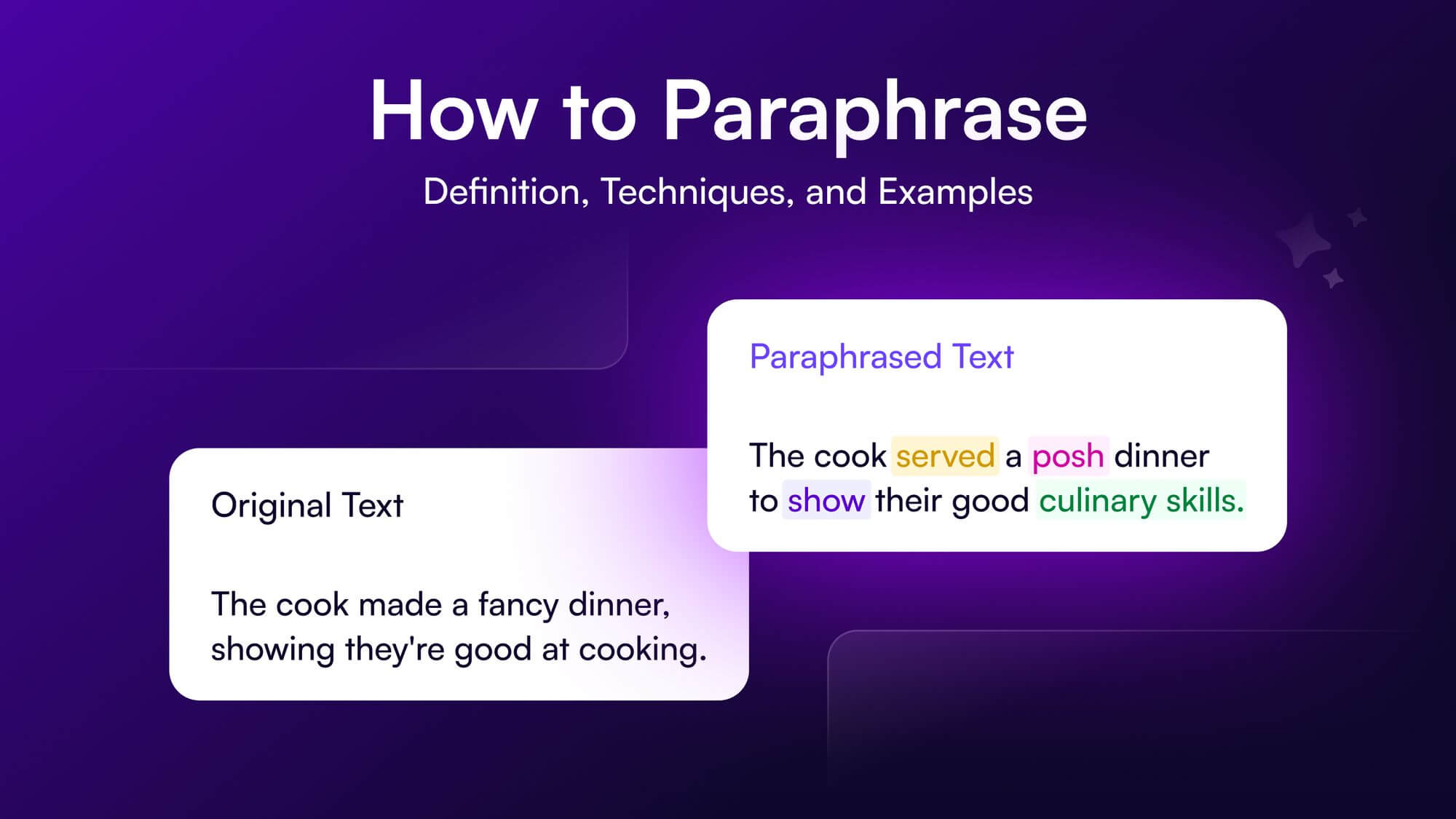

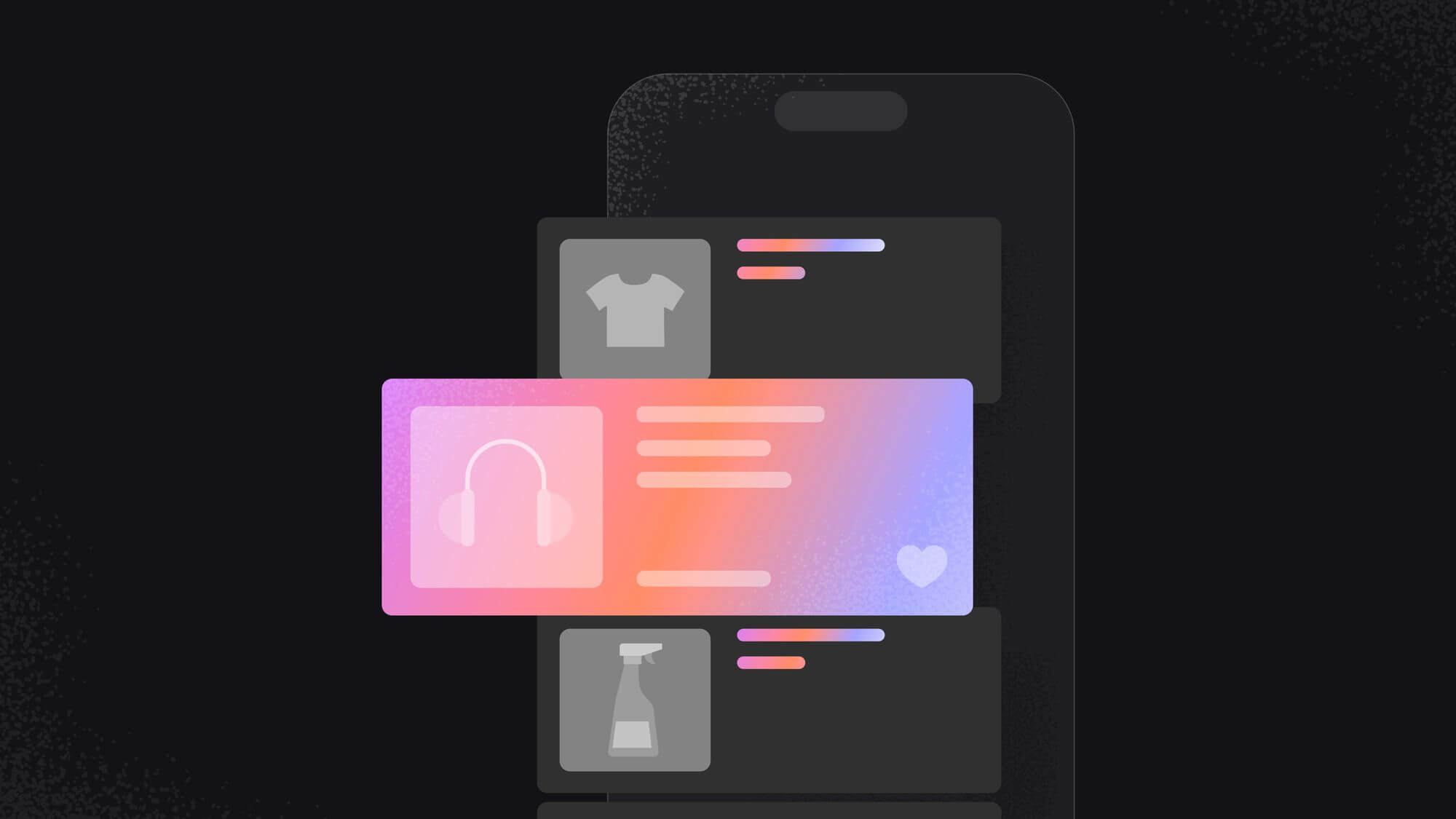
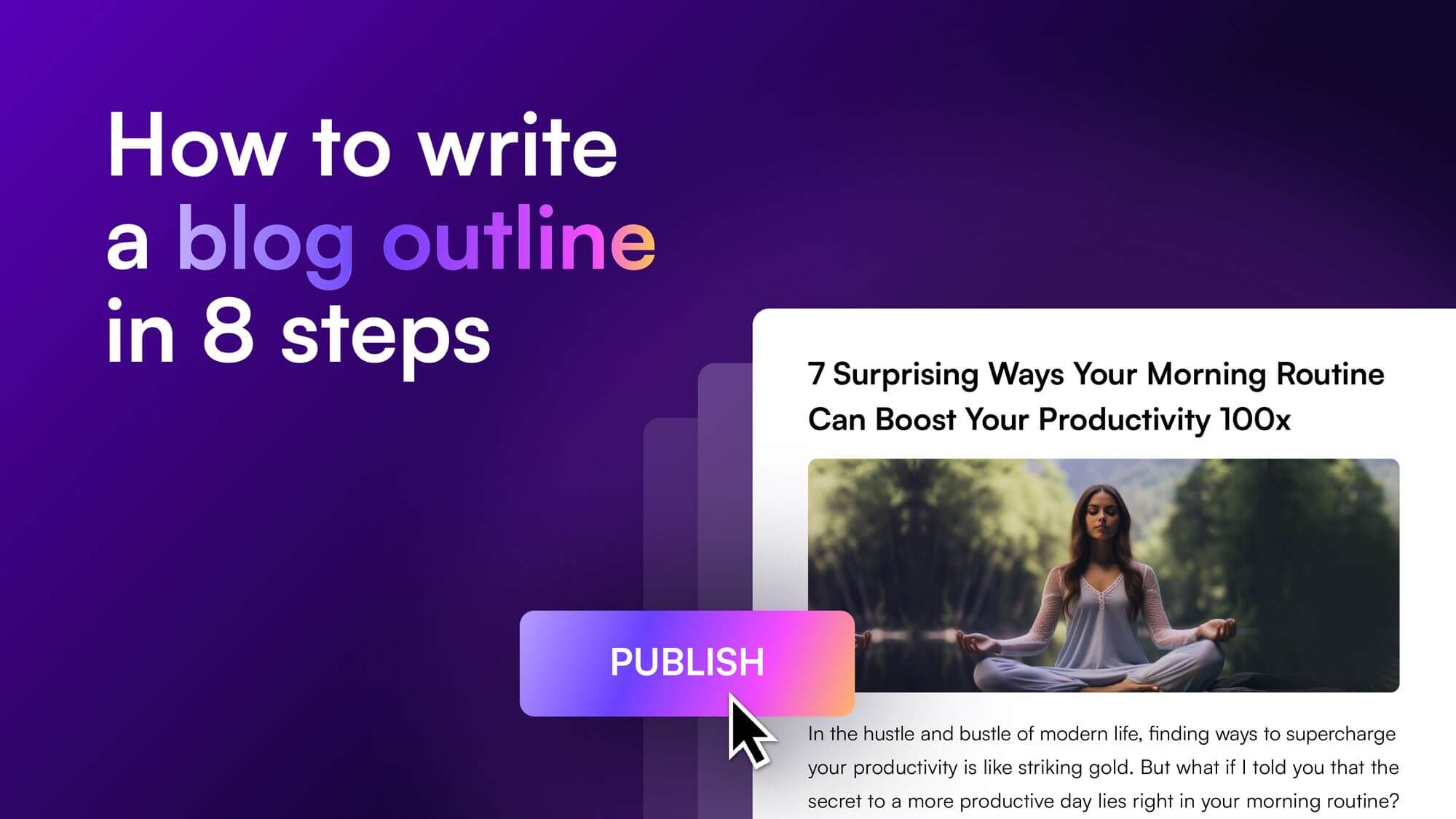

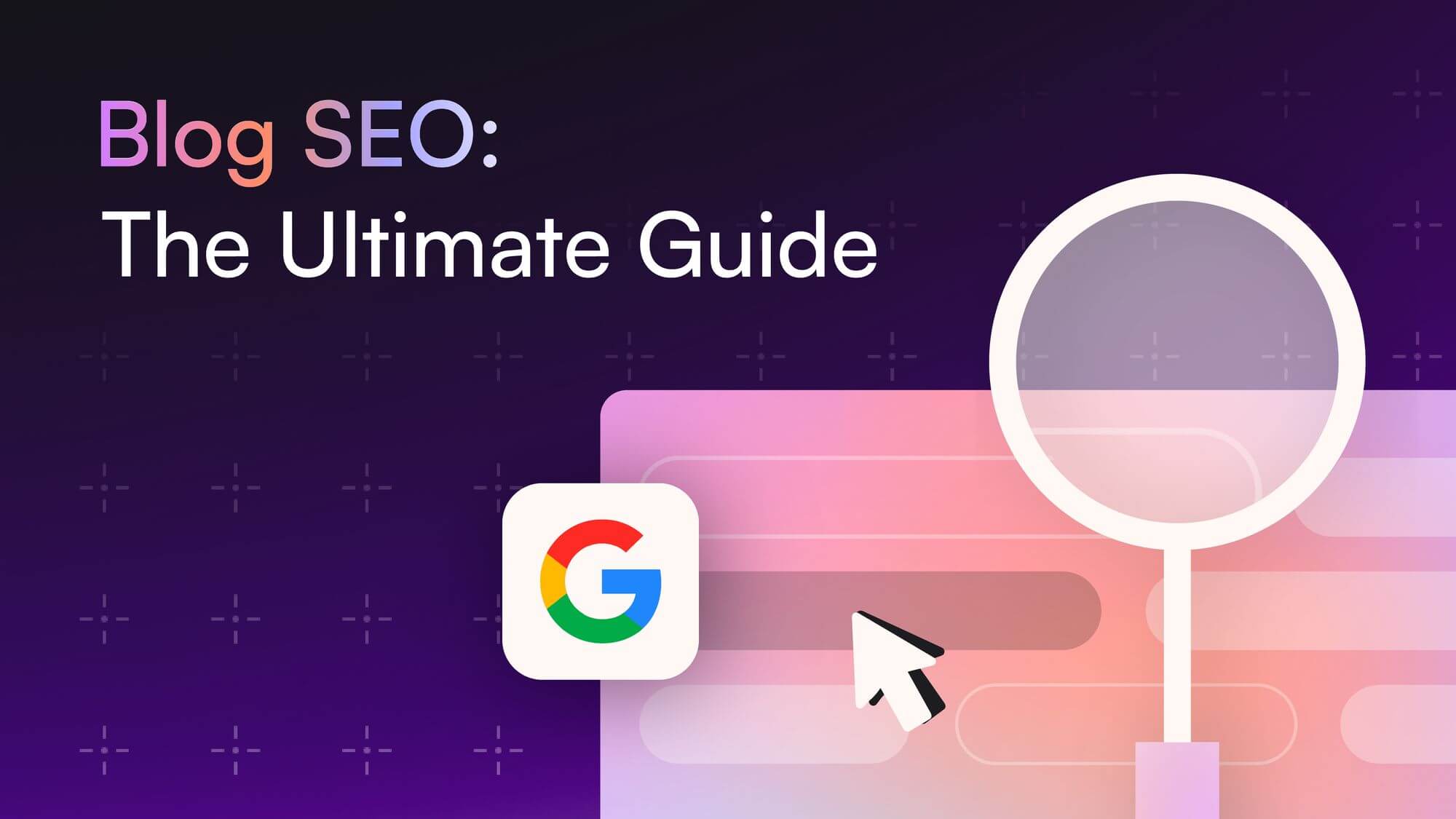
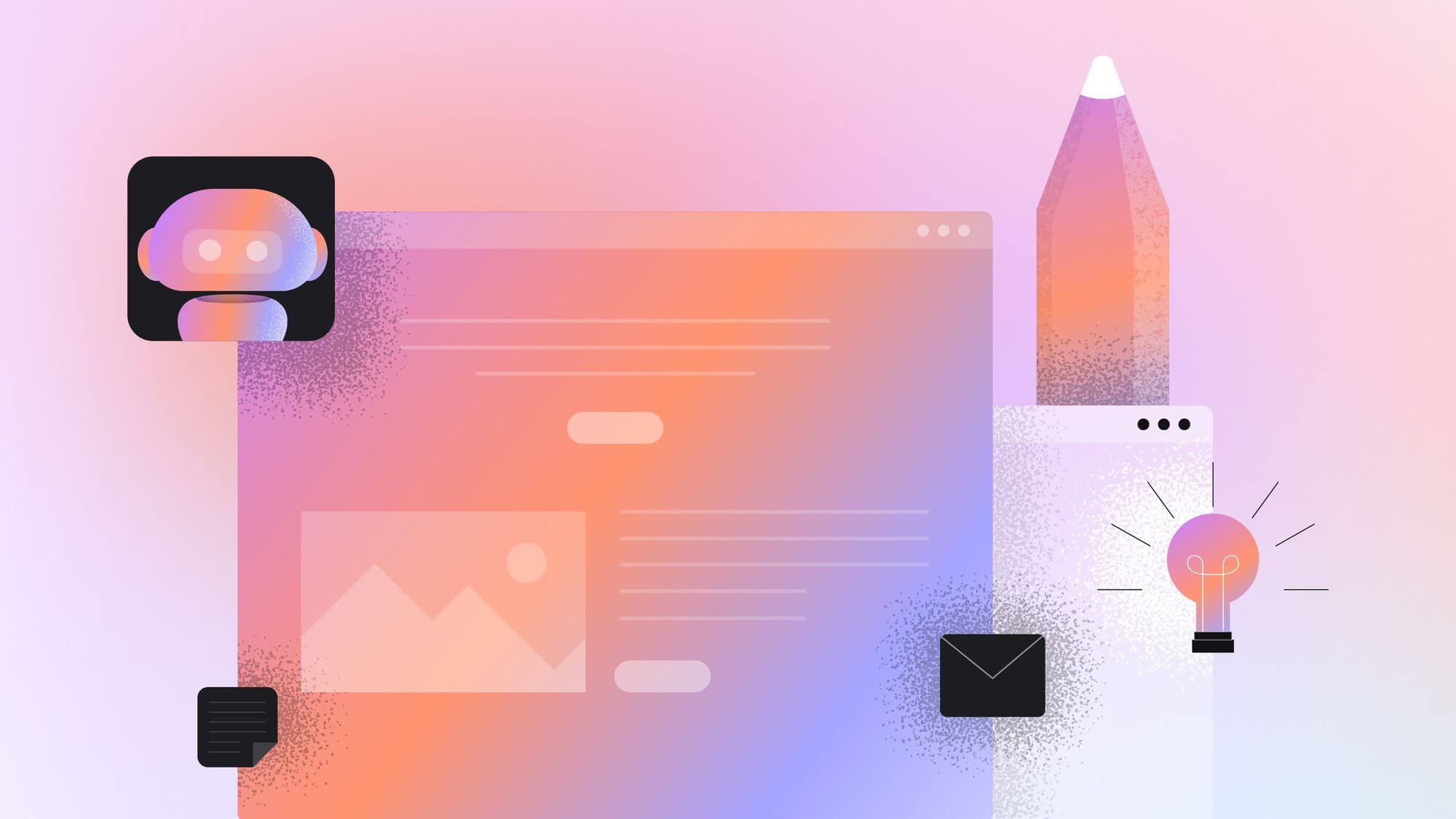
![How to Write a Blog in 2025: A Step-by-Step Guide [+Free Checklist]](/wp-content/uploads/How-to-write-a-blog-Thumbnail.jpg)


